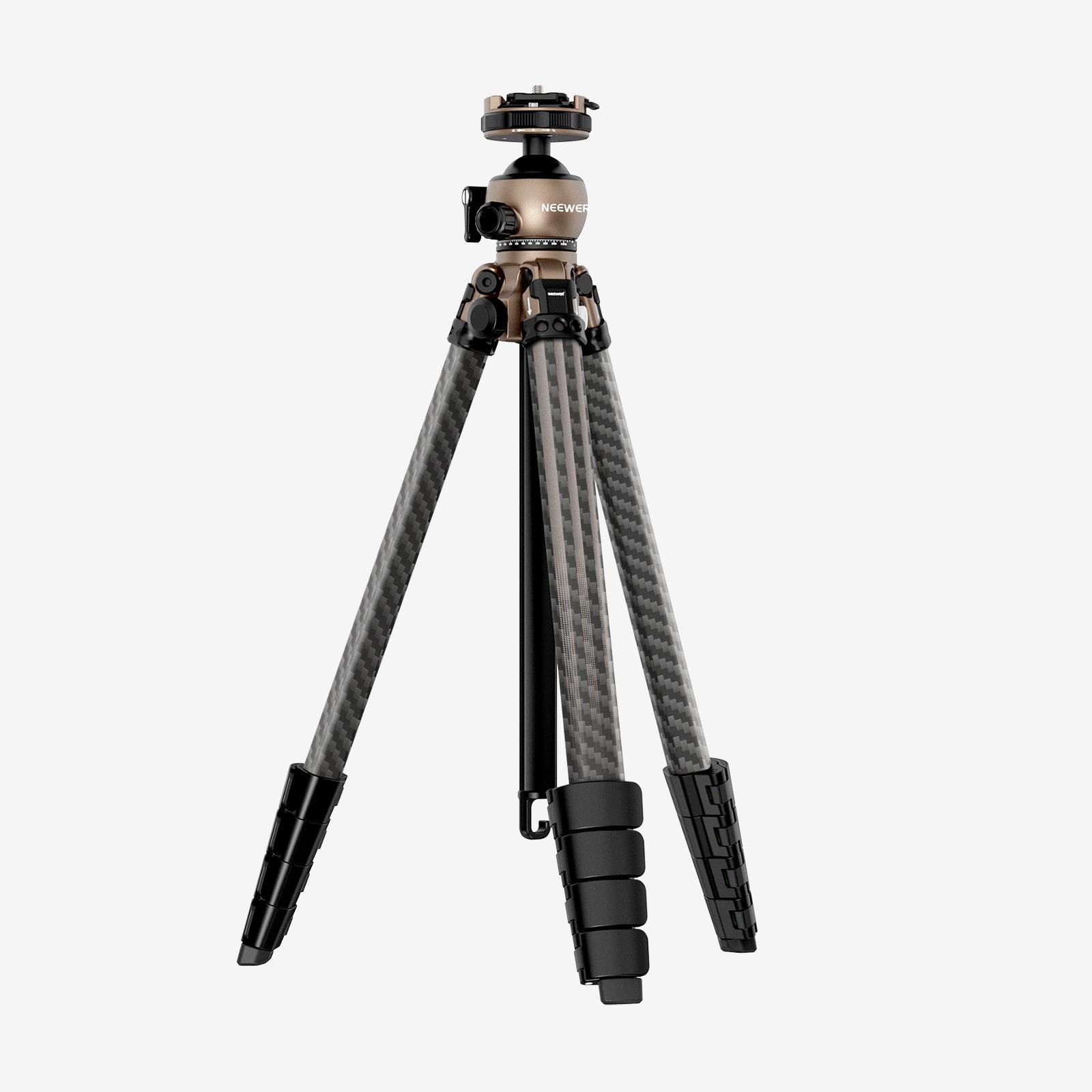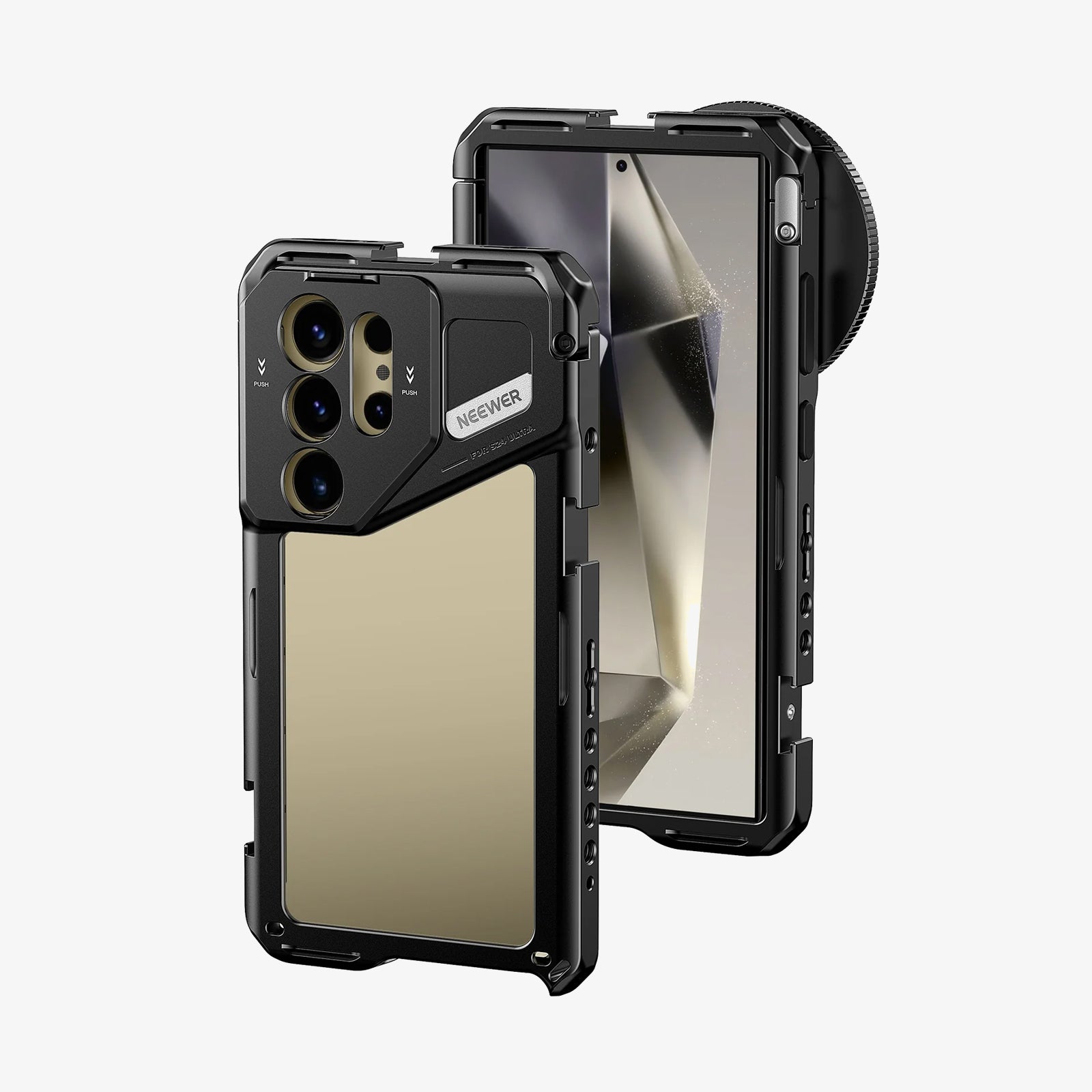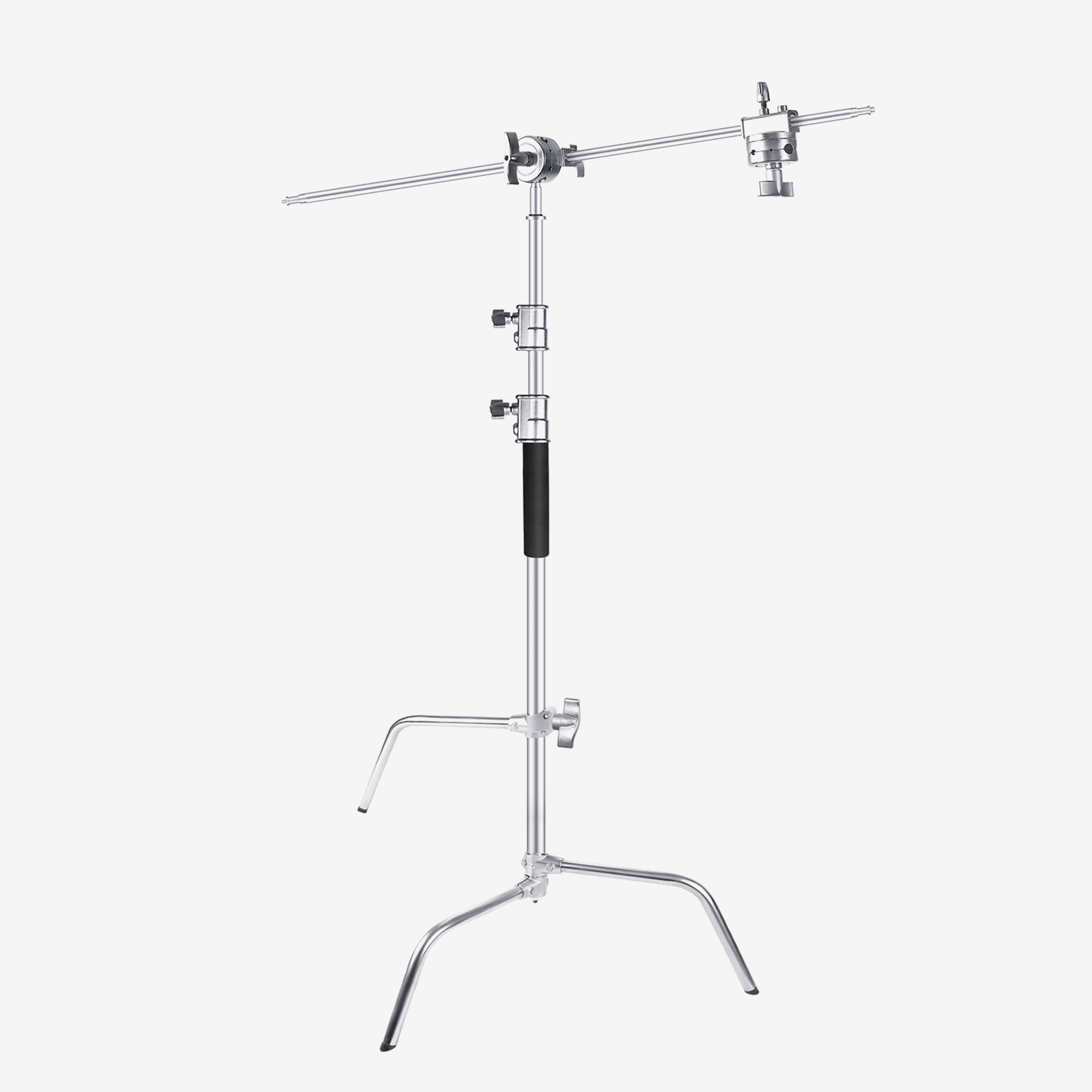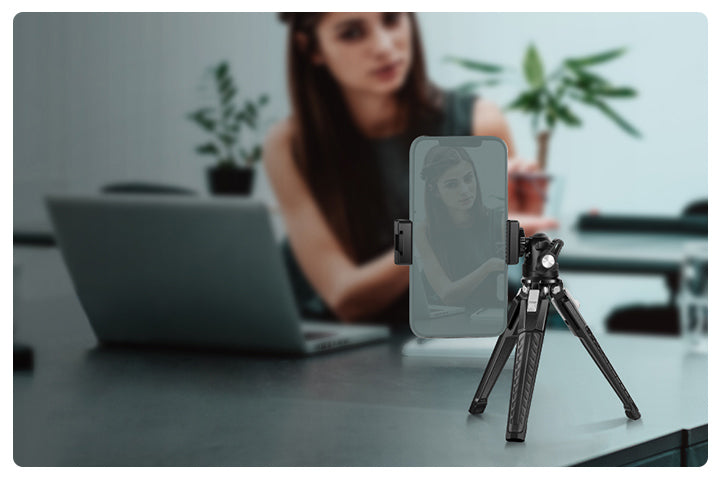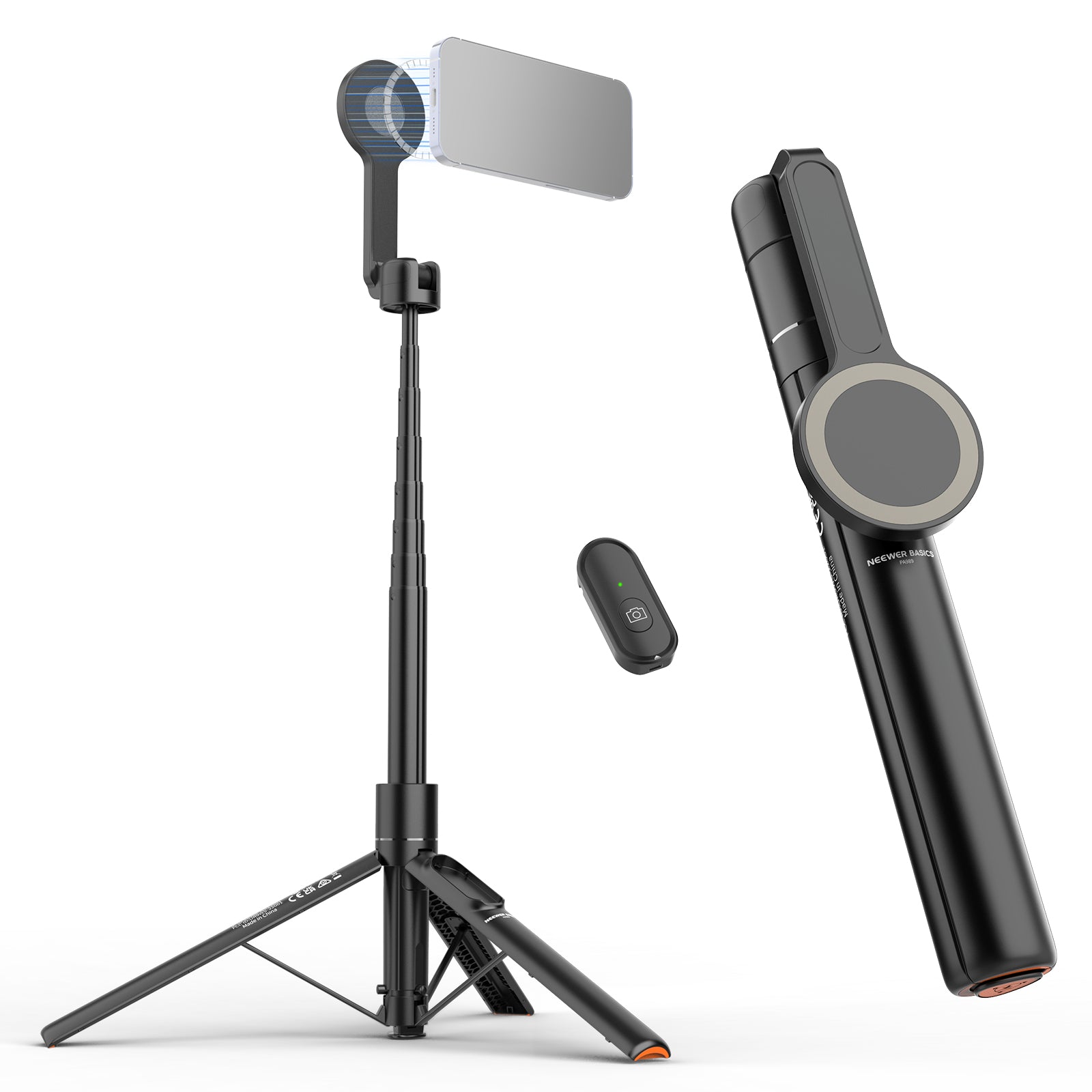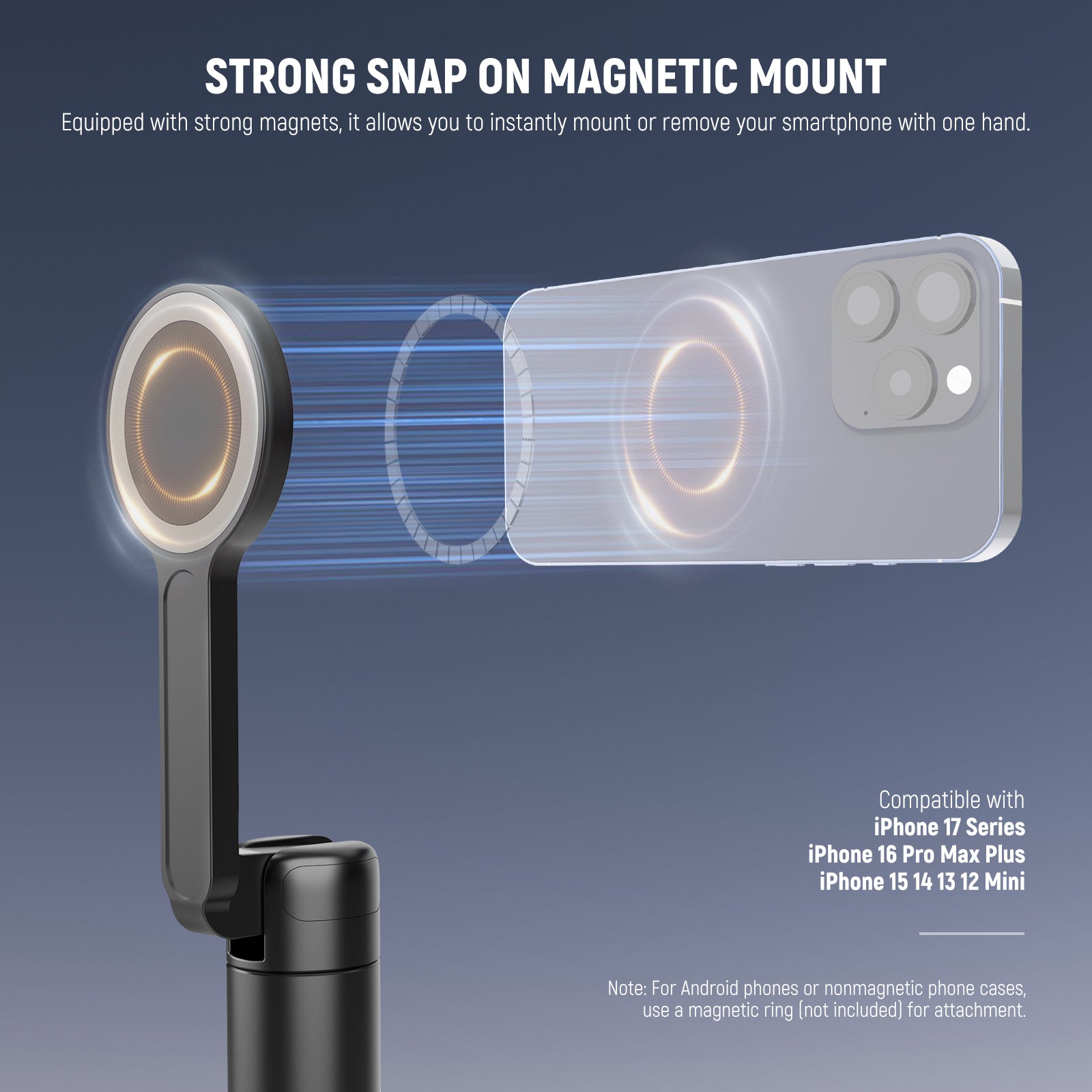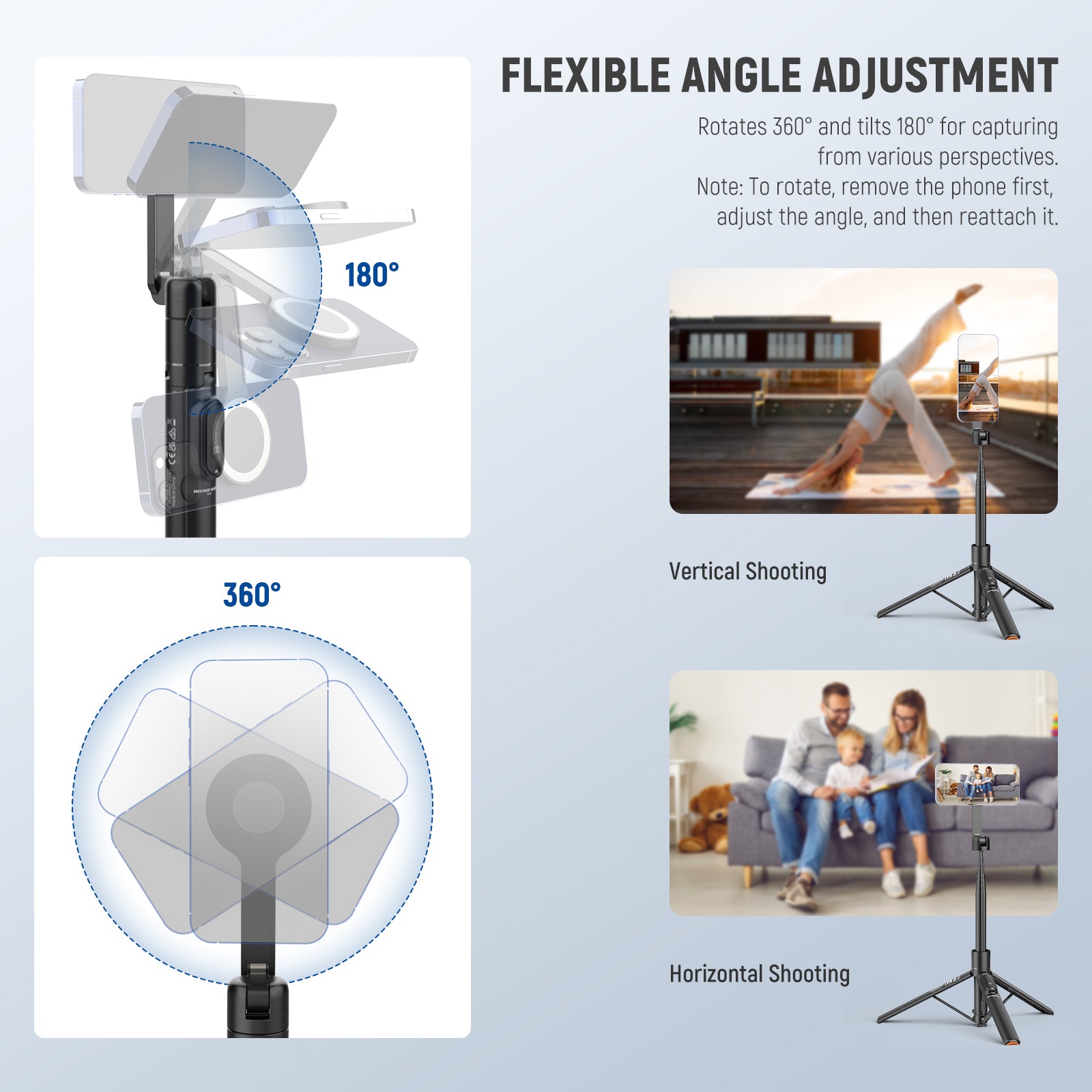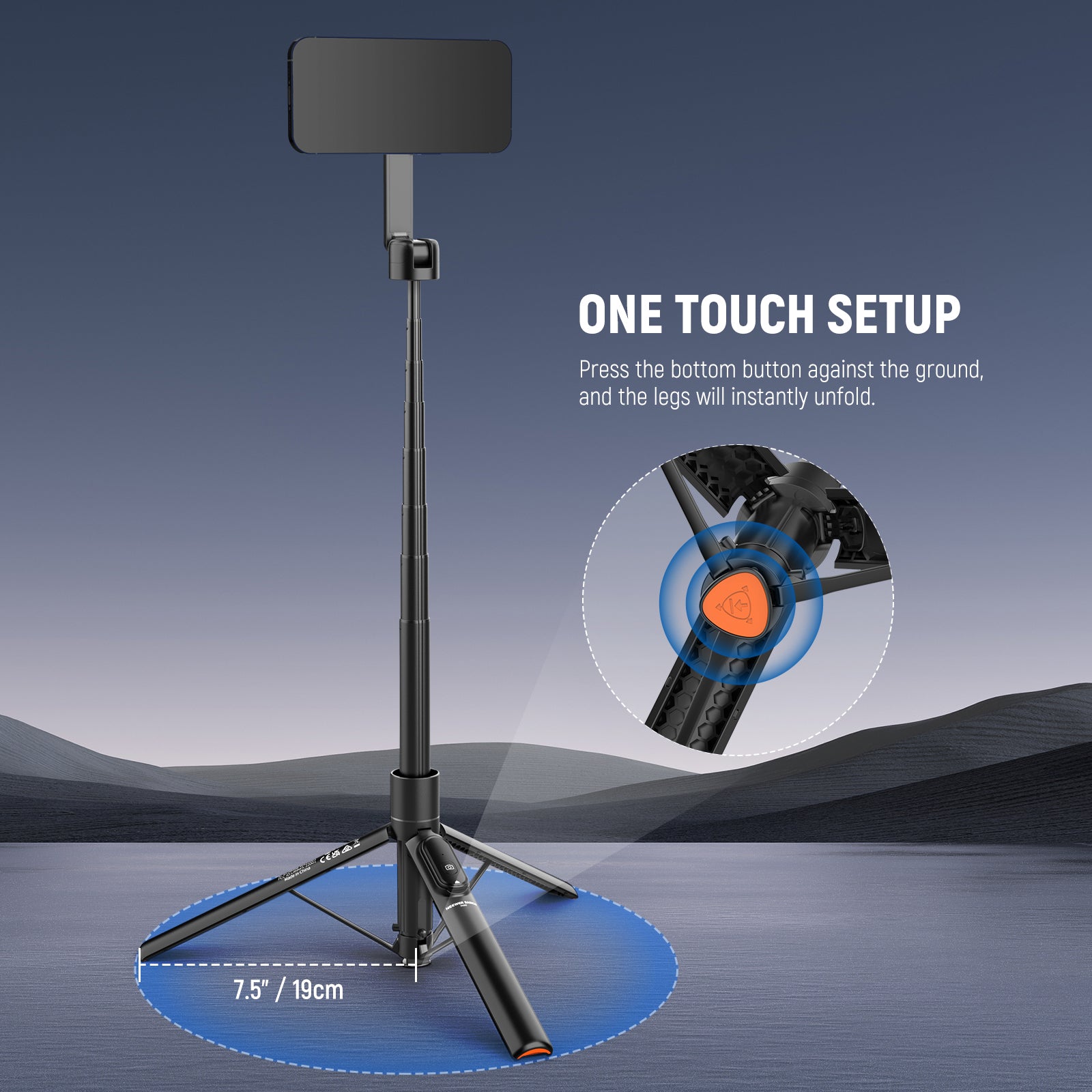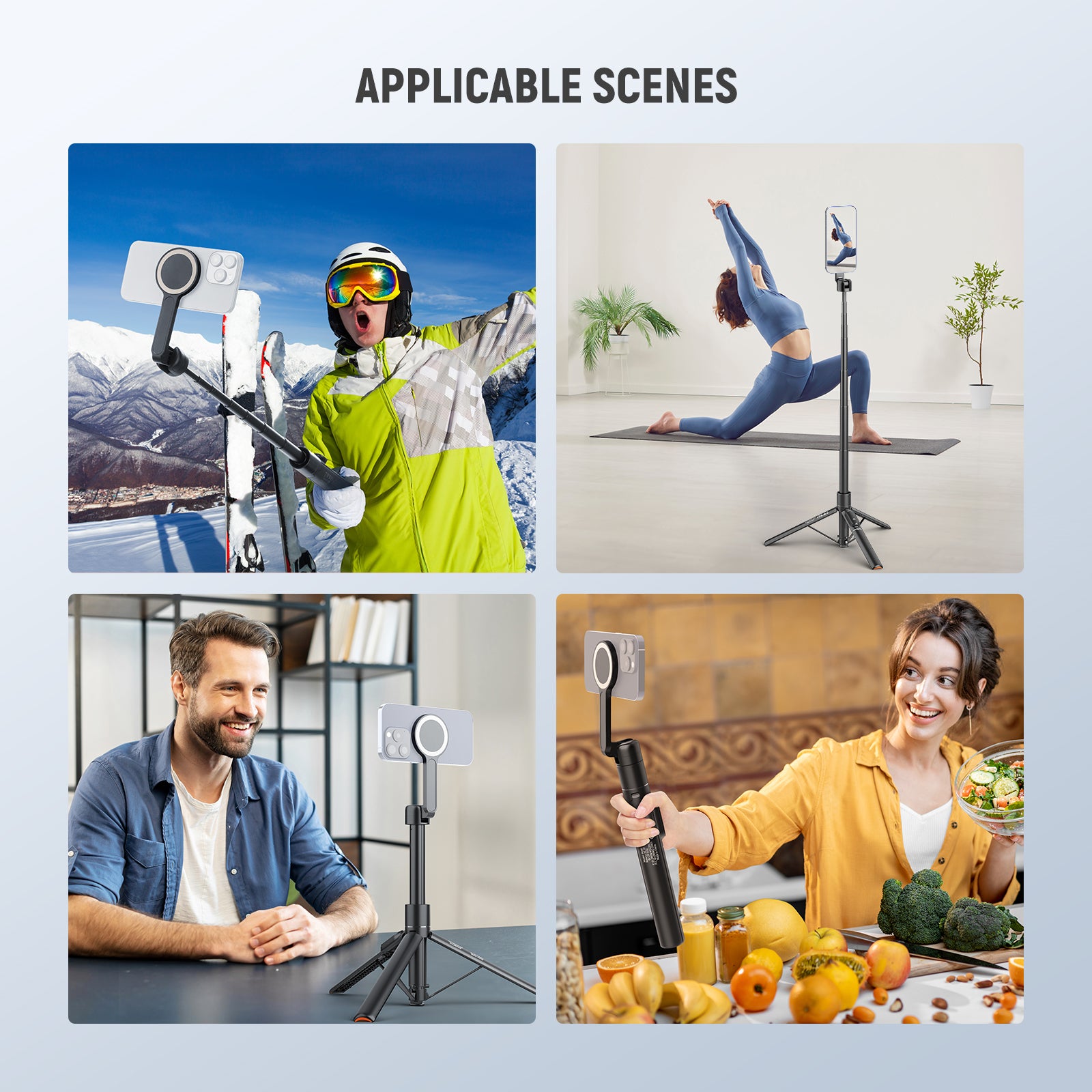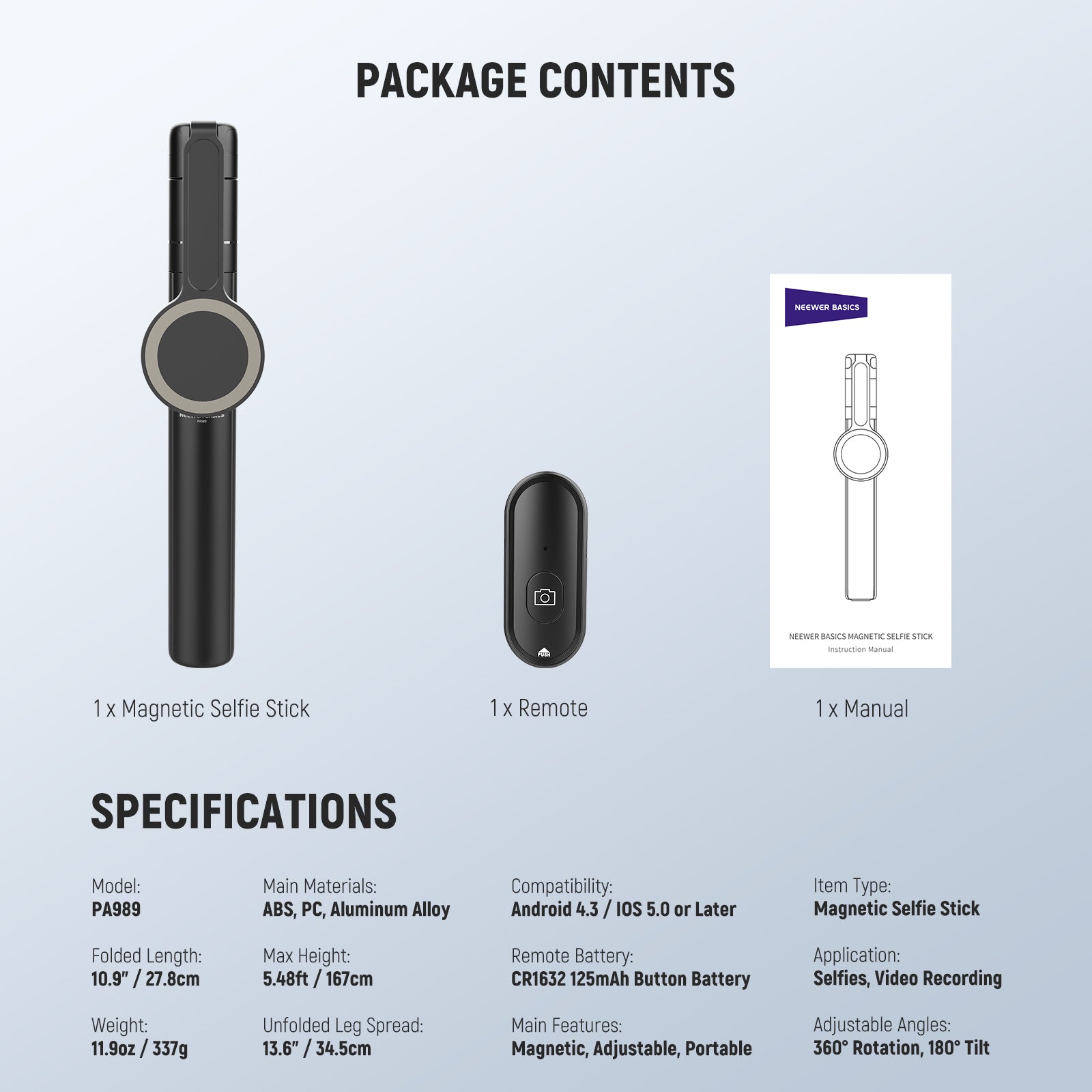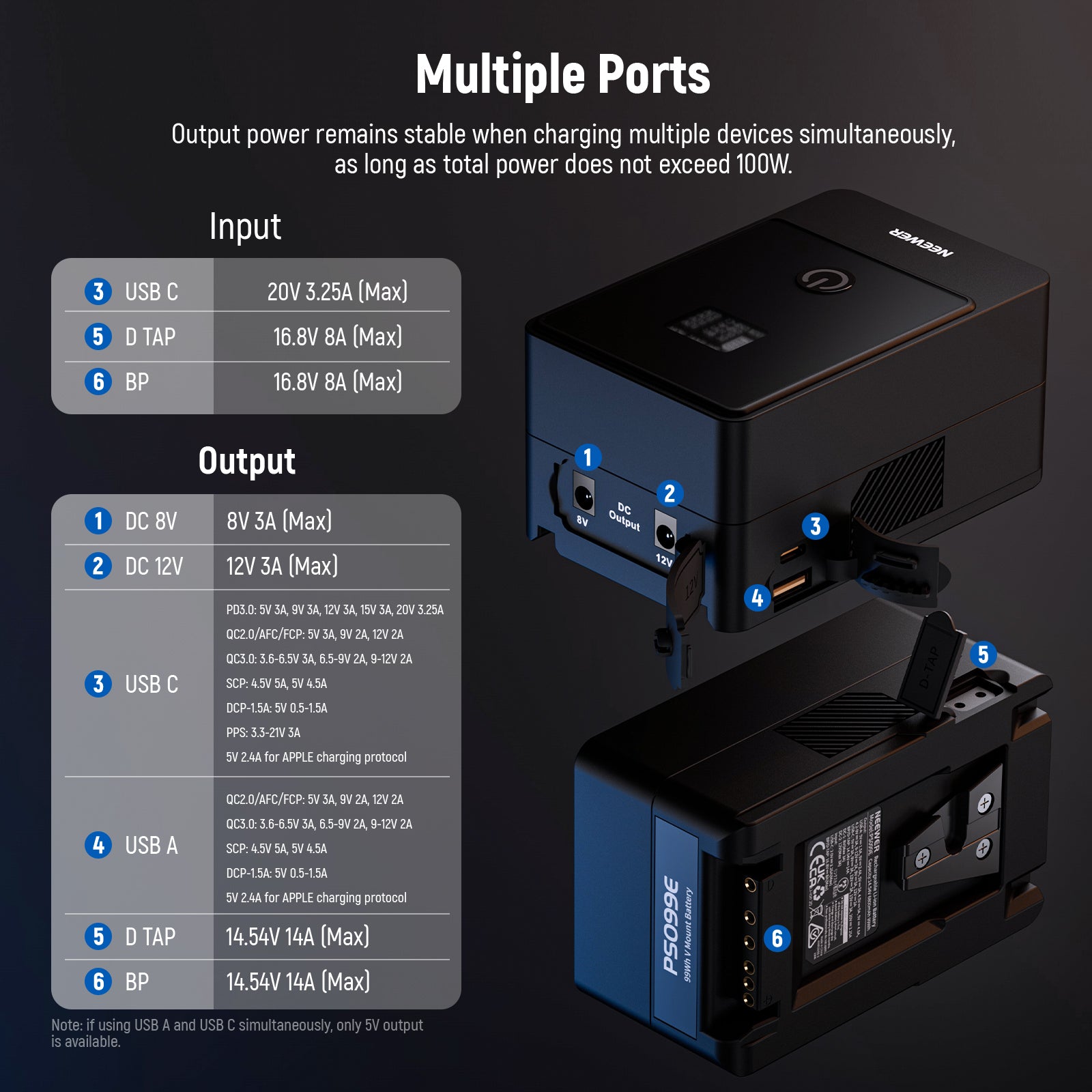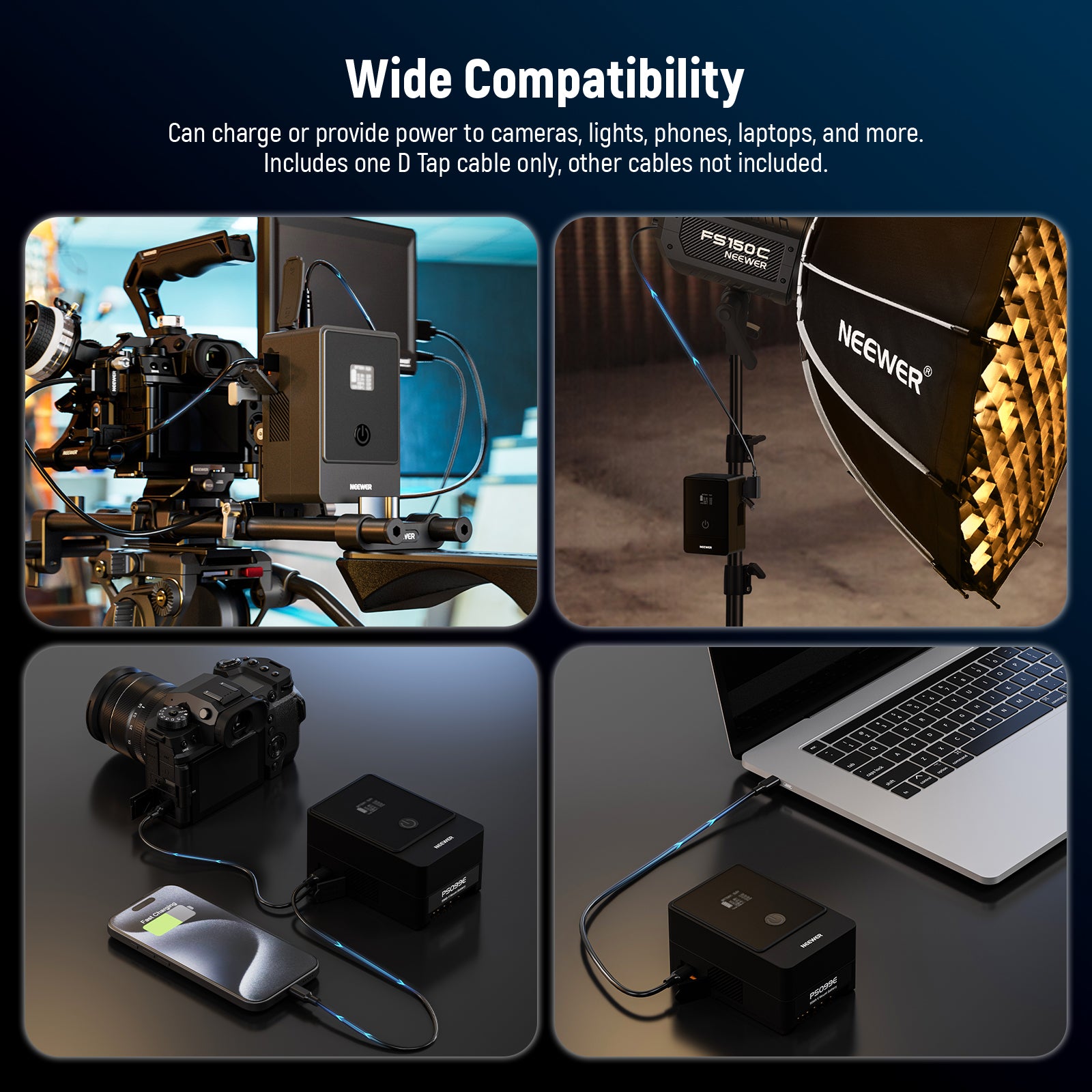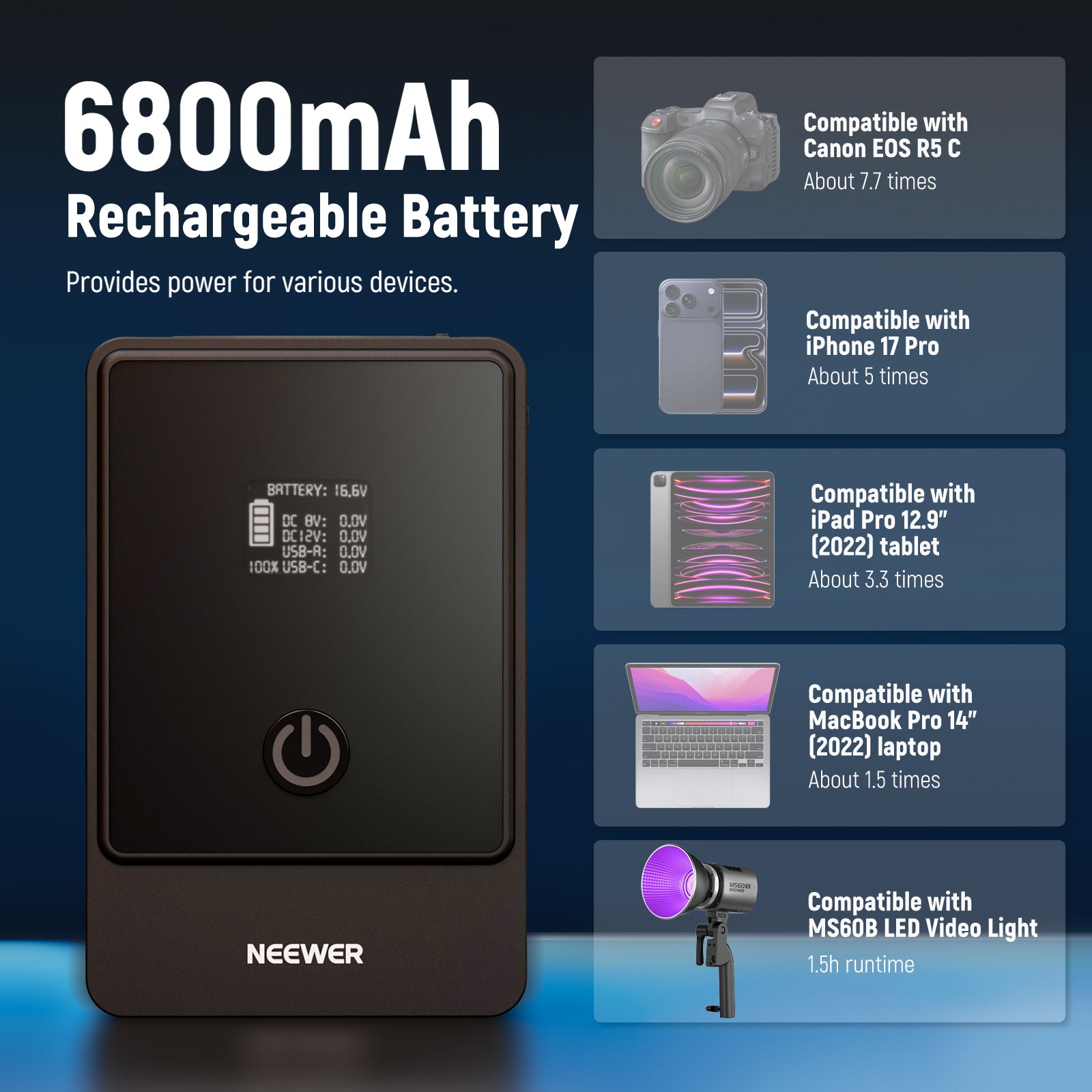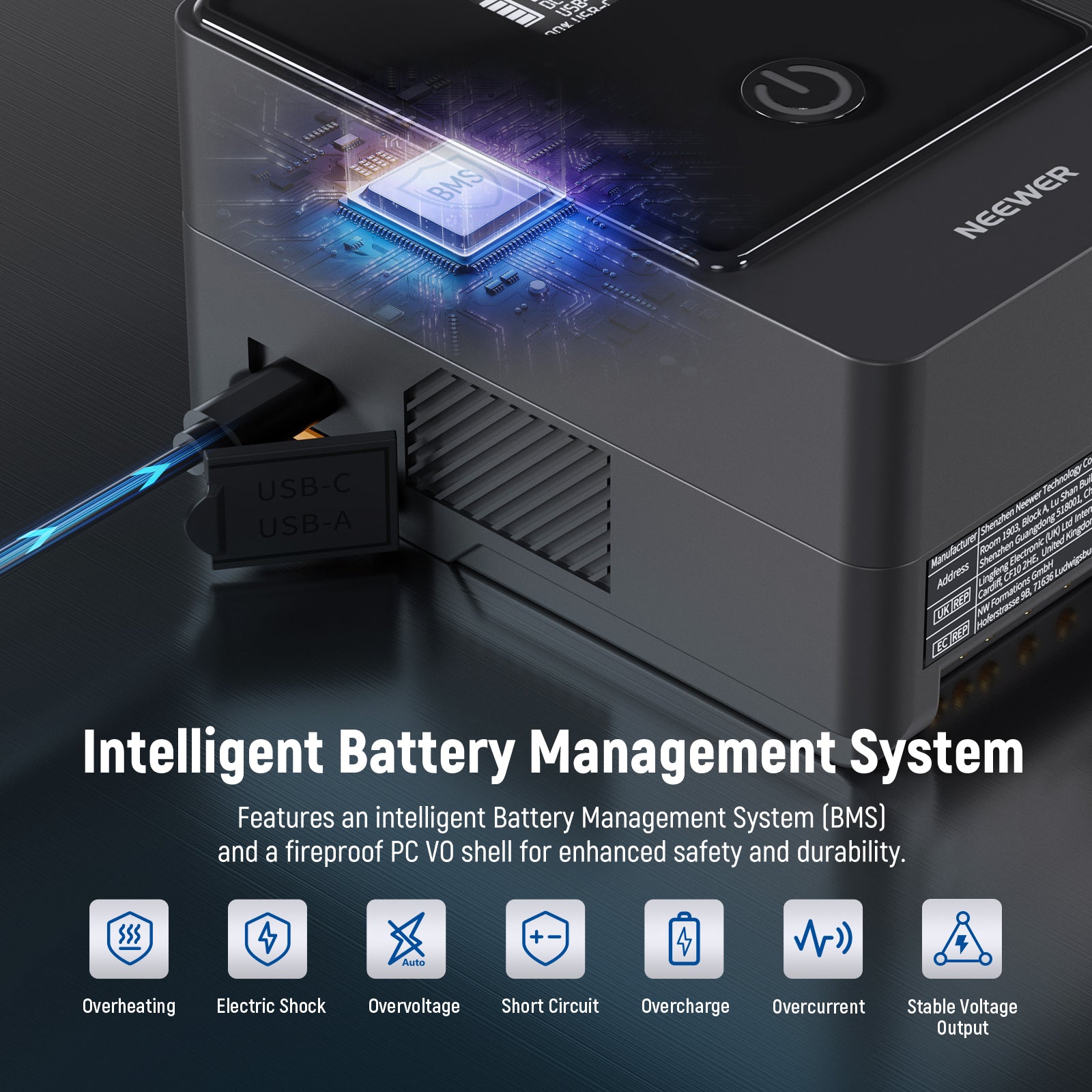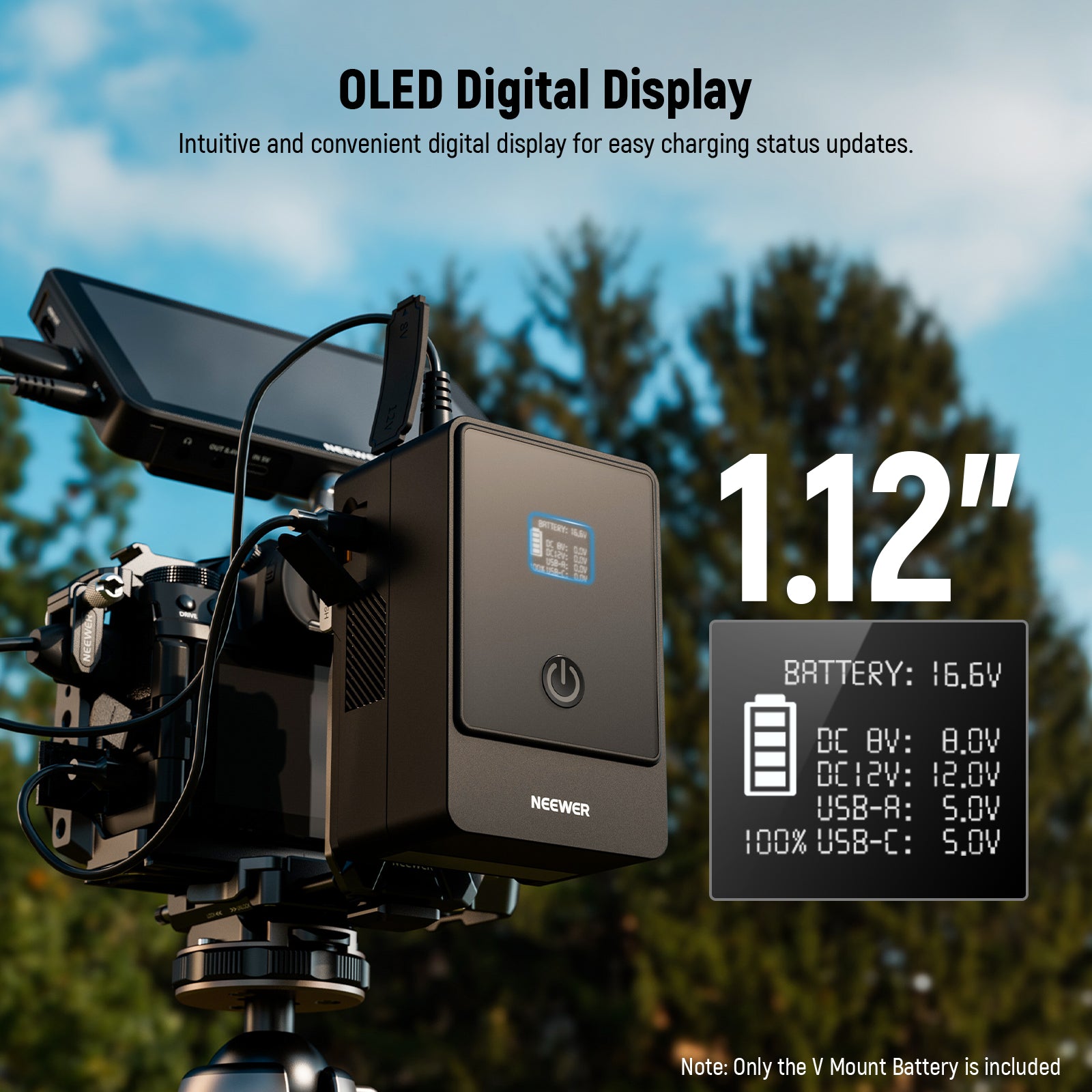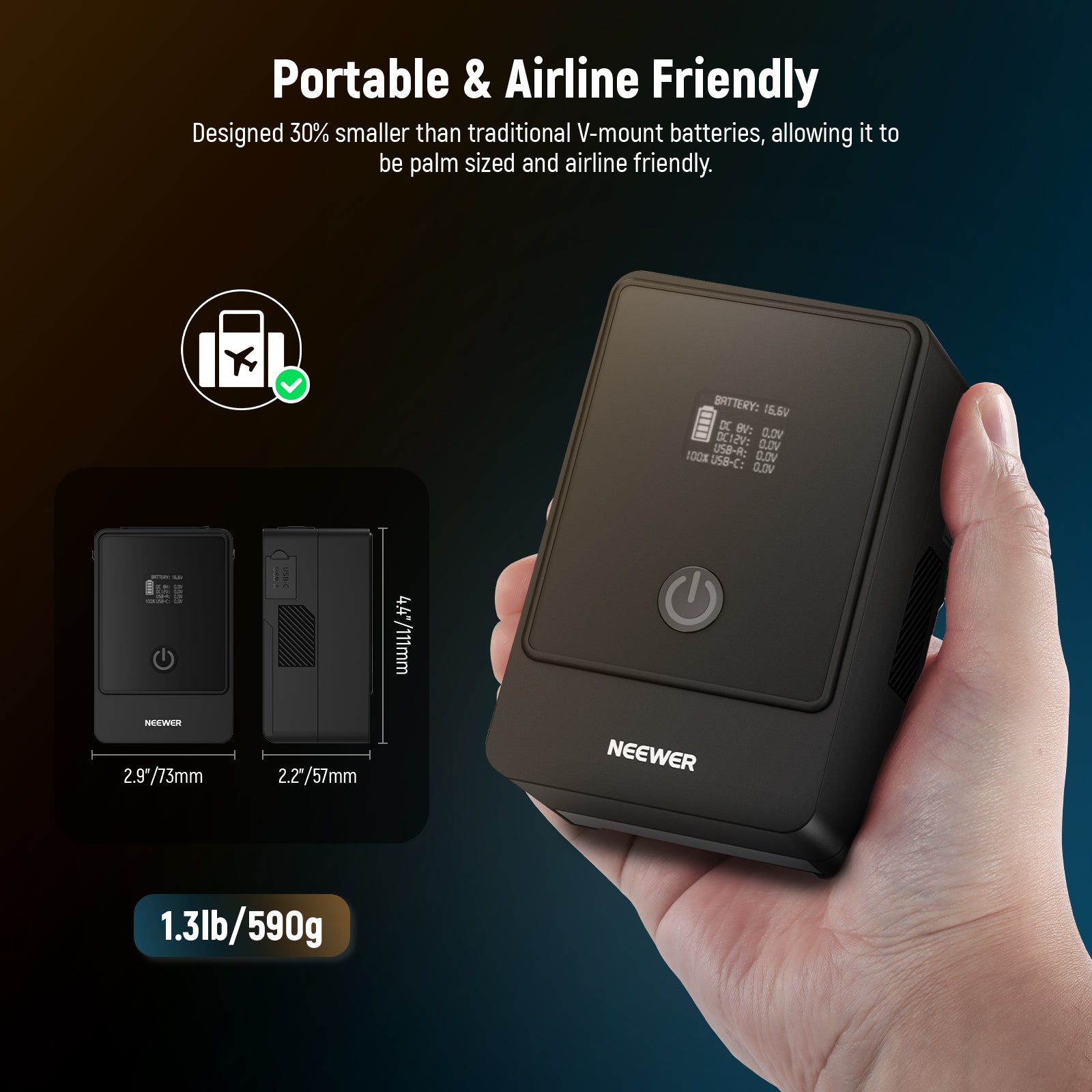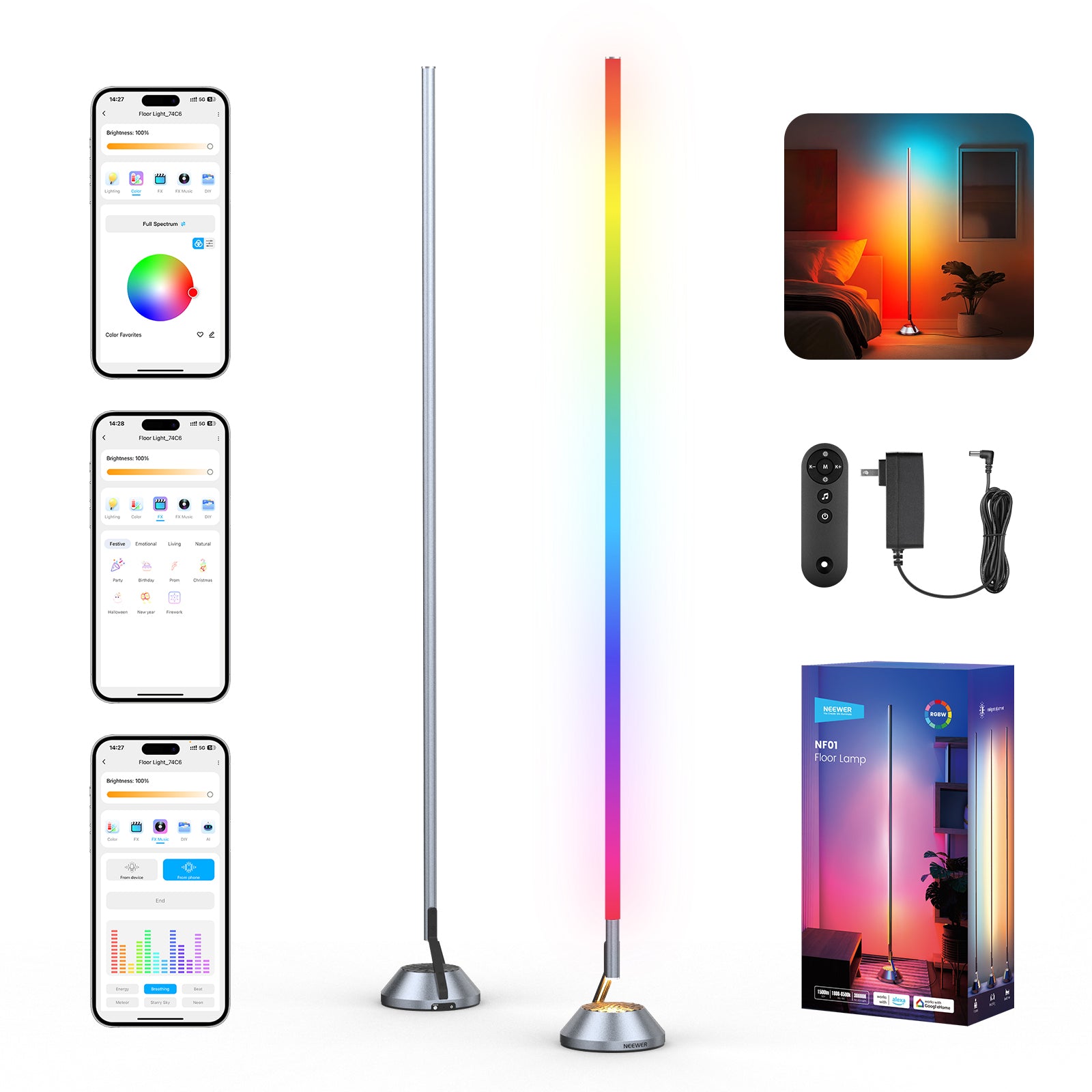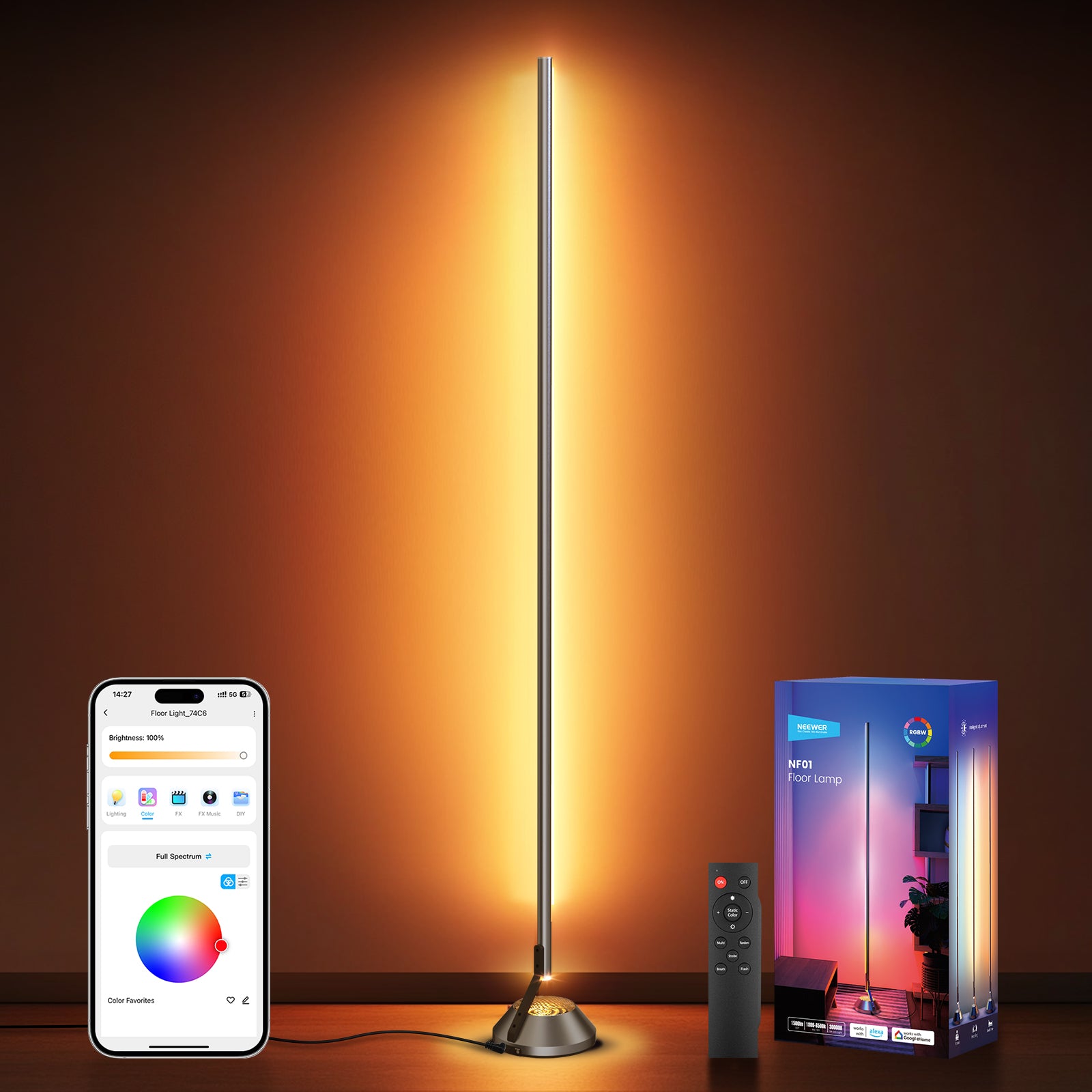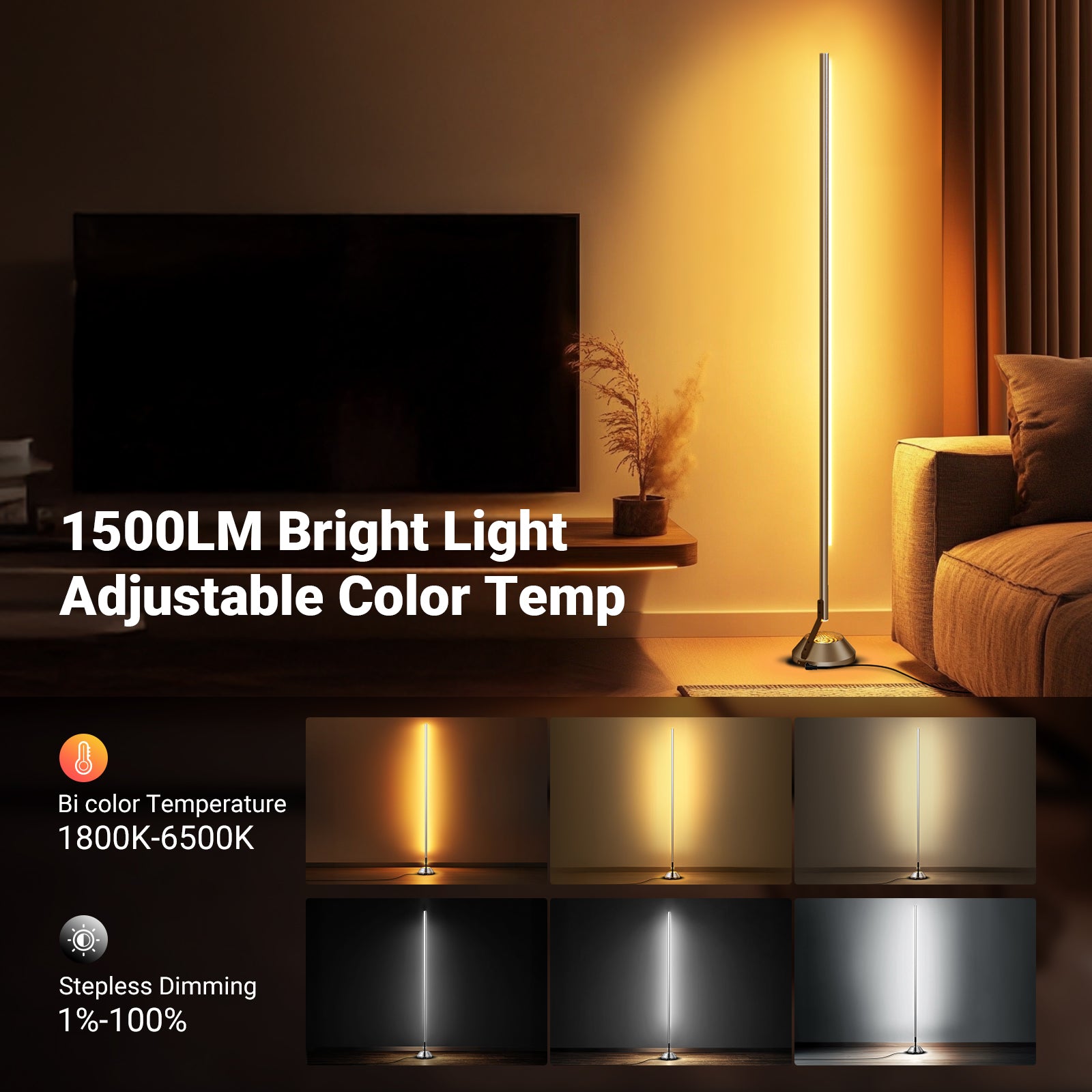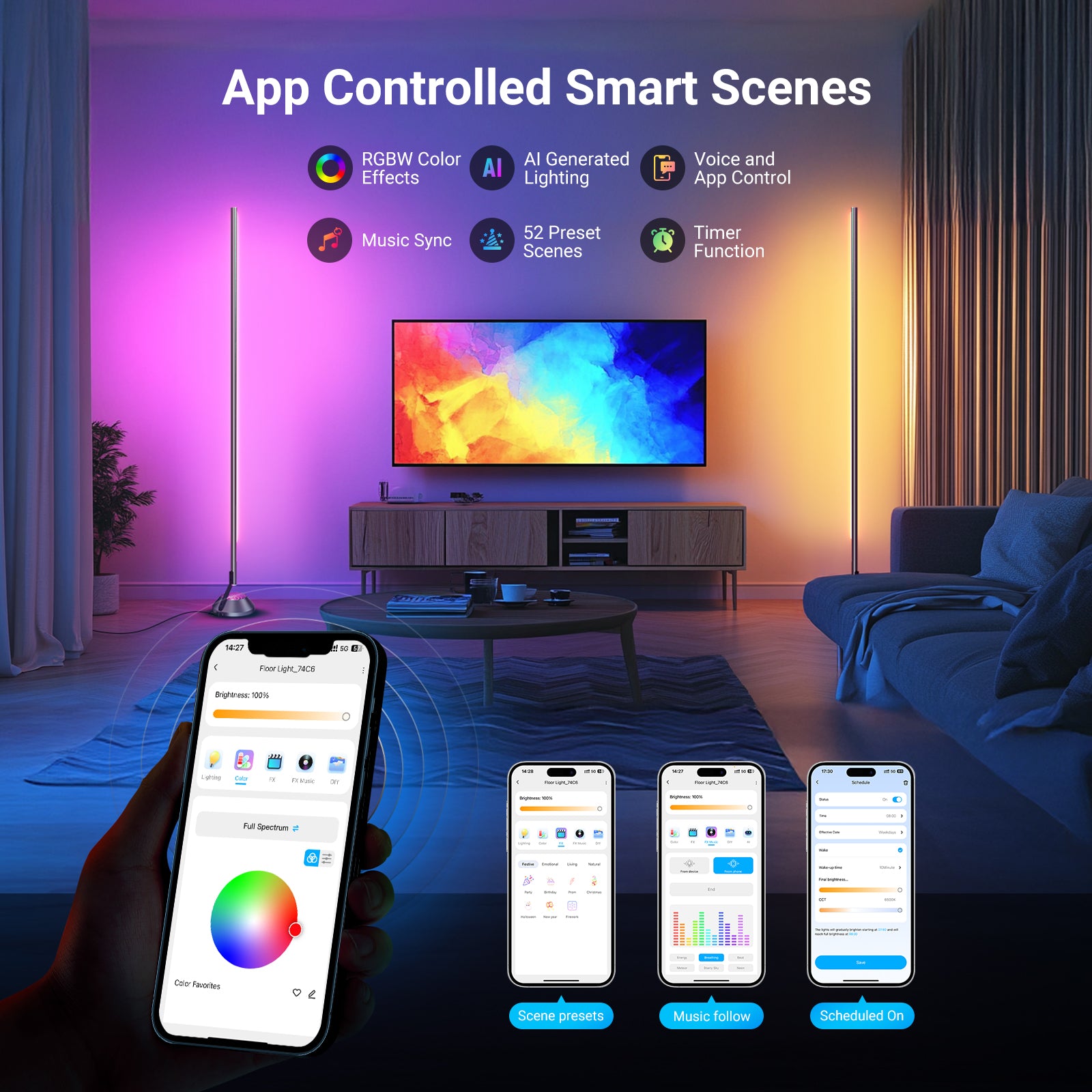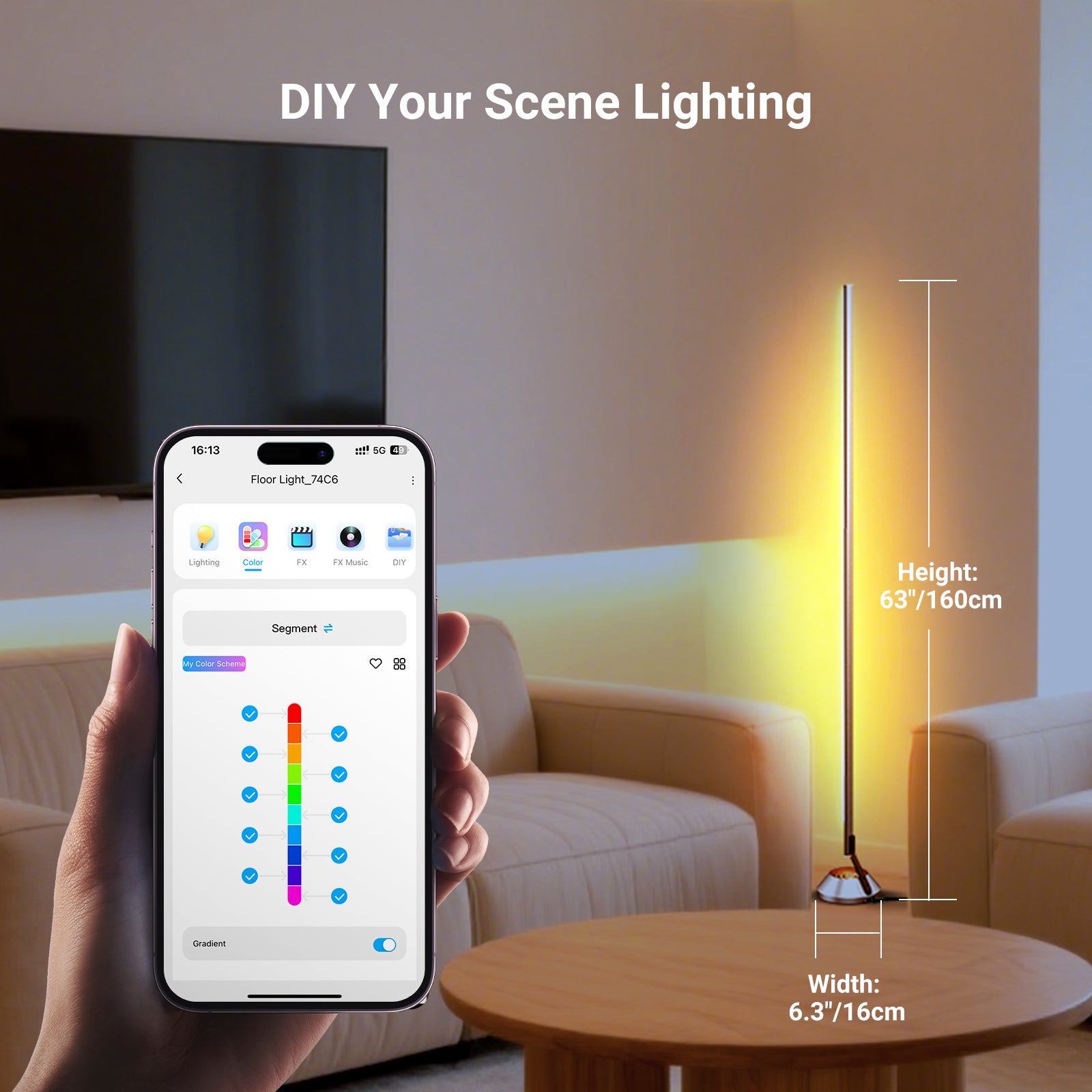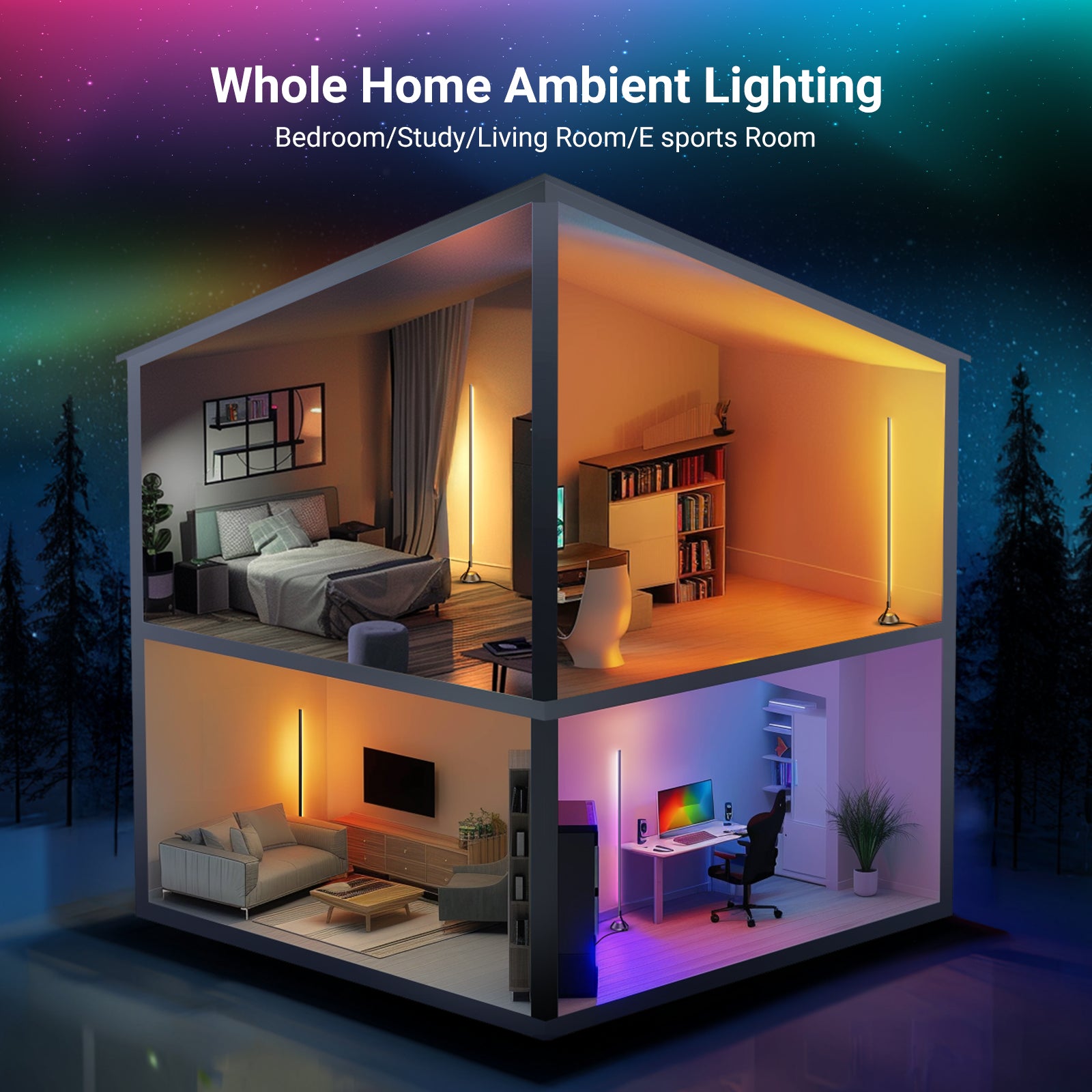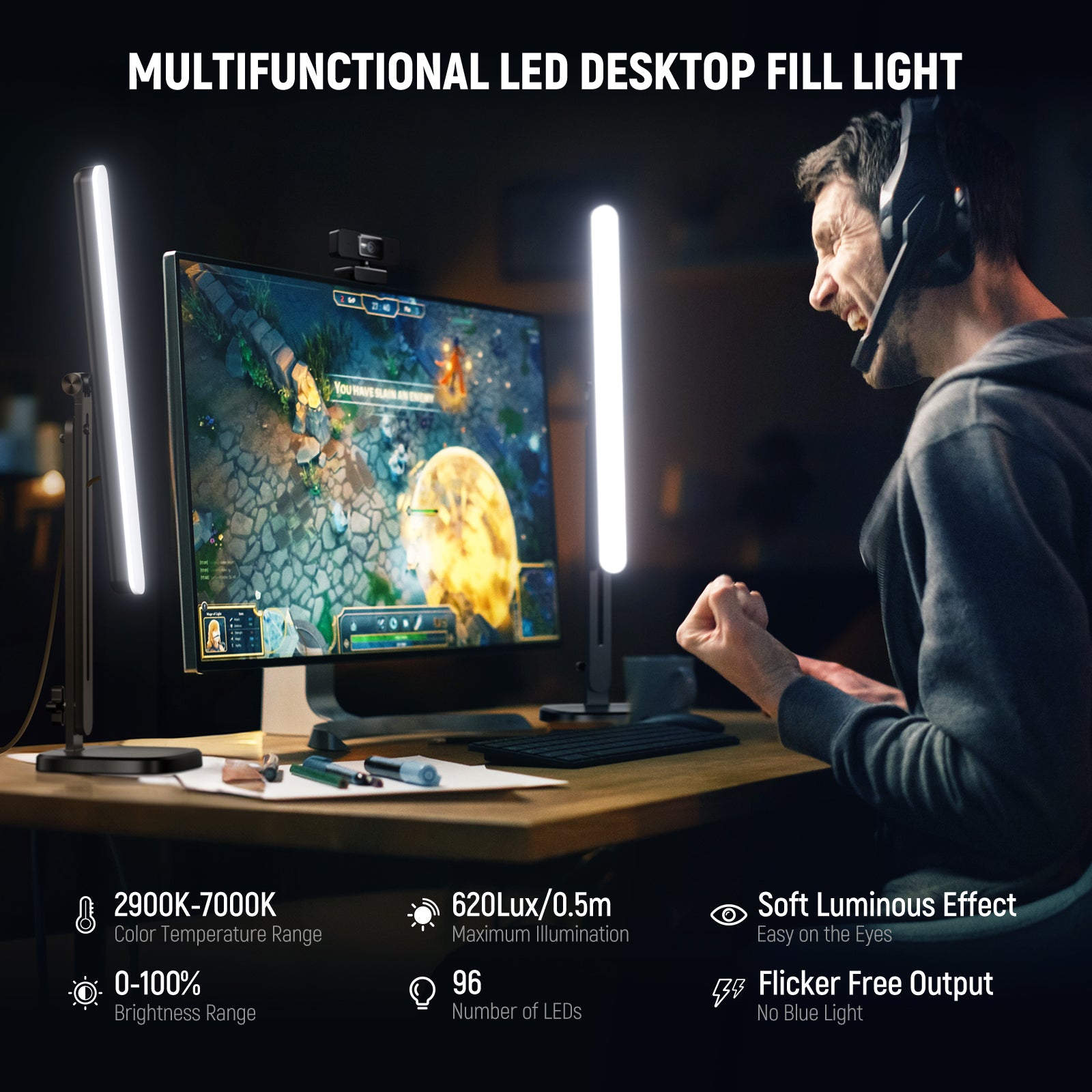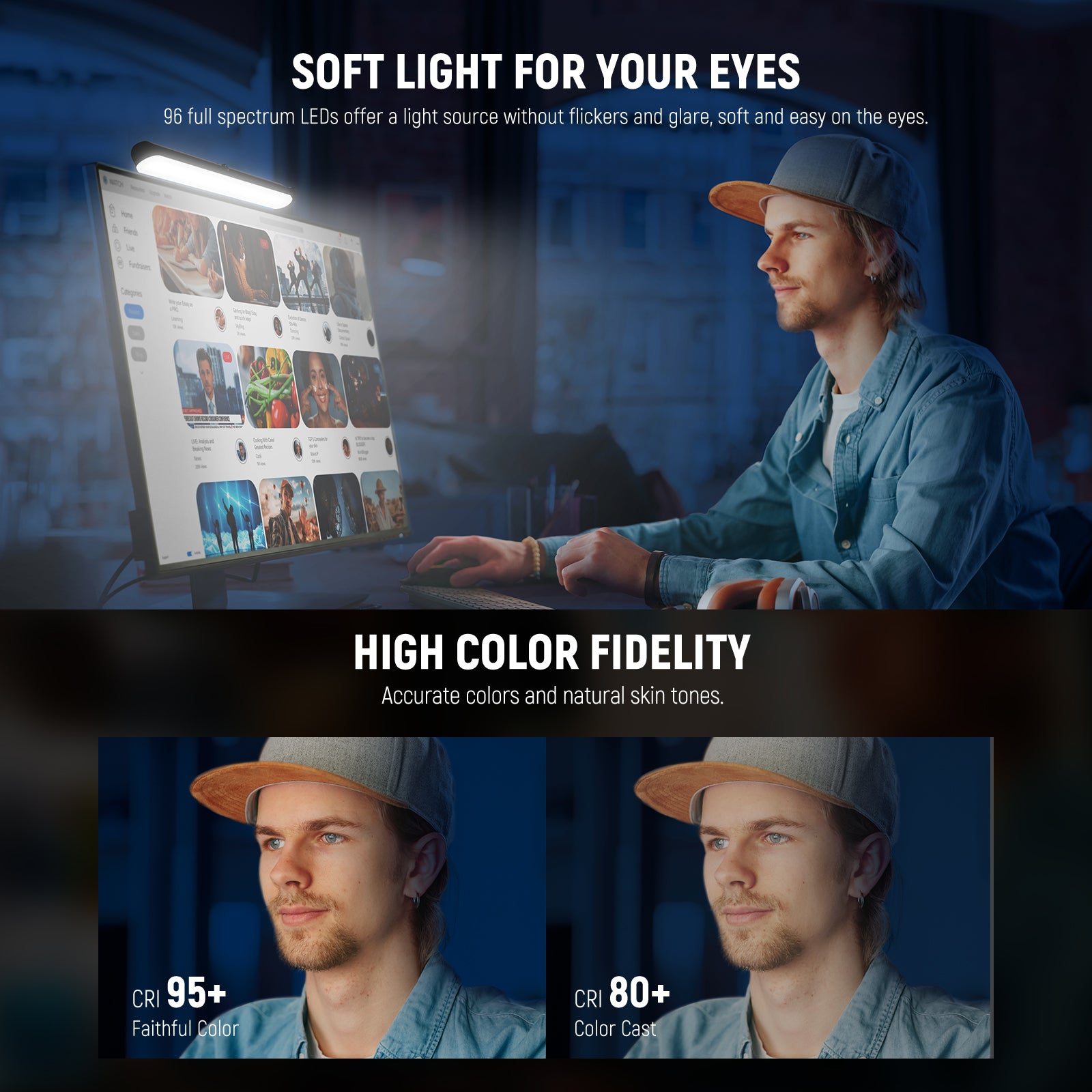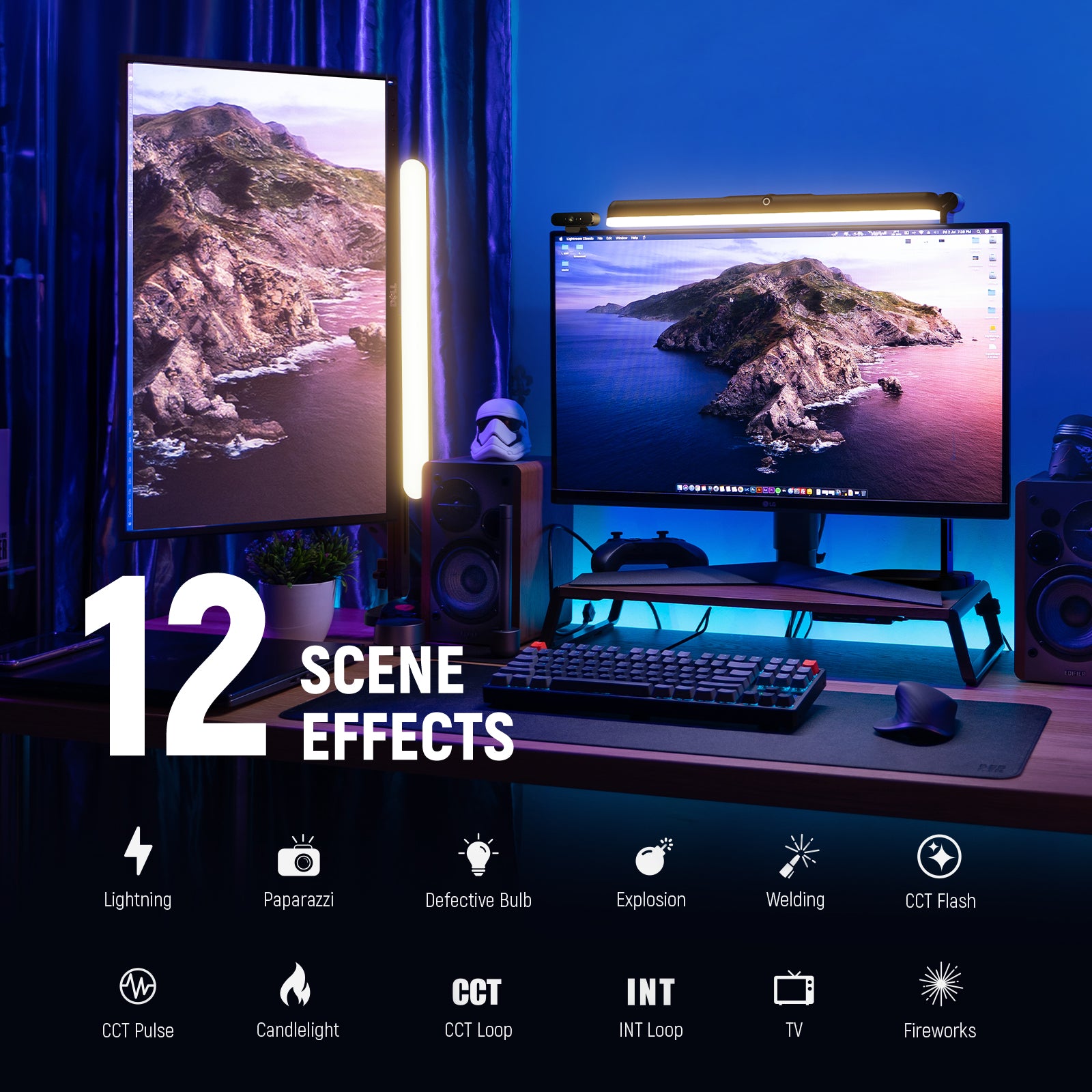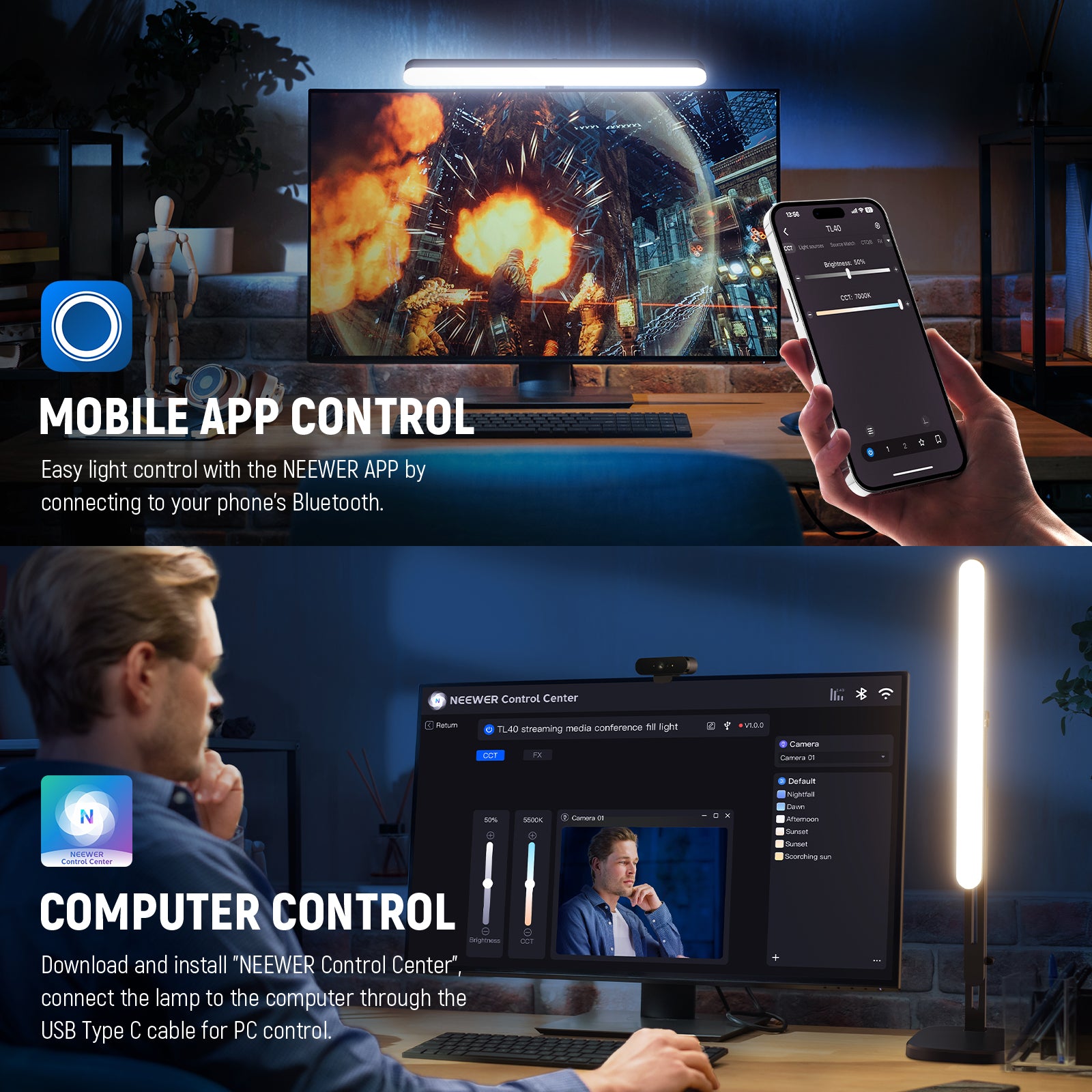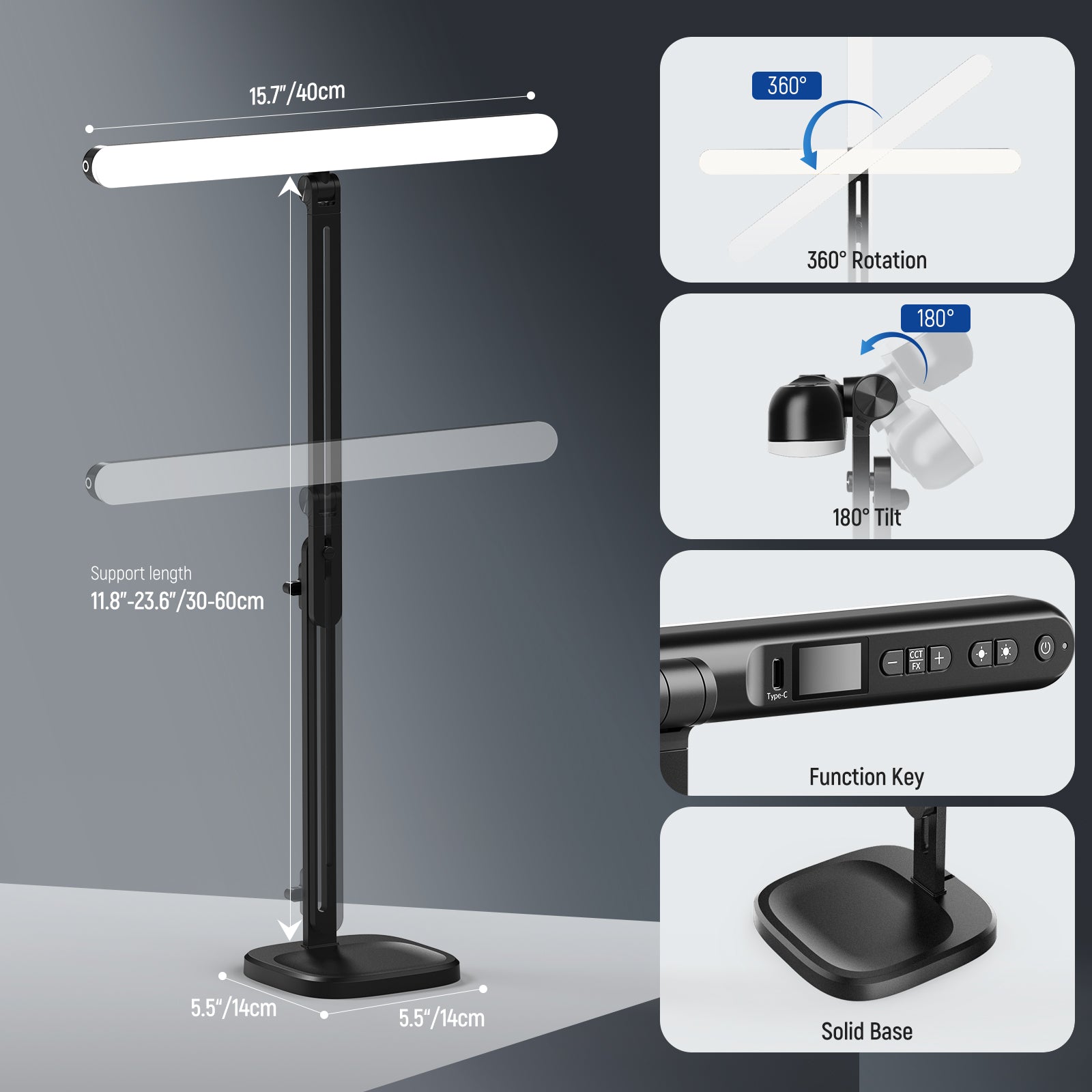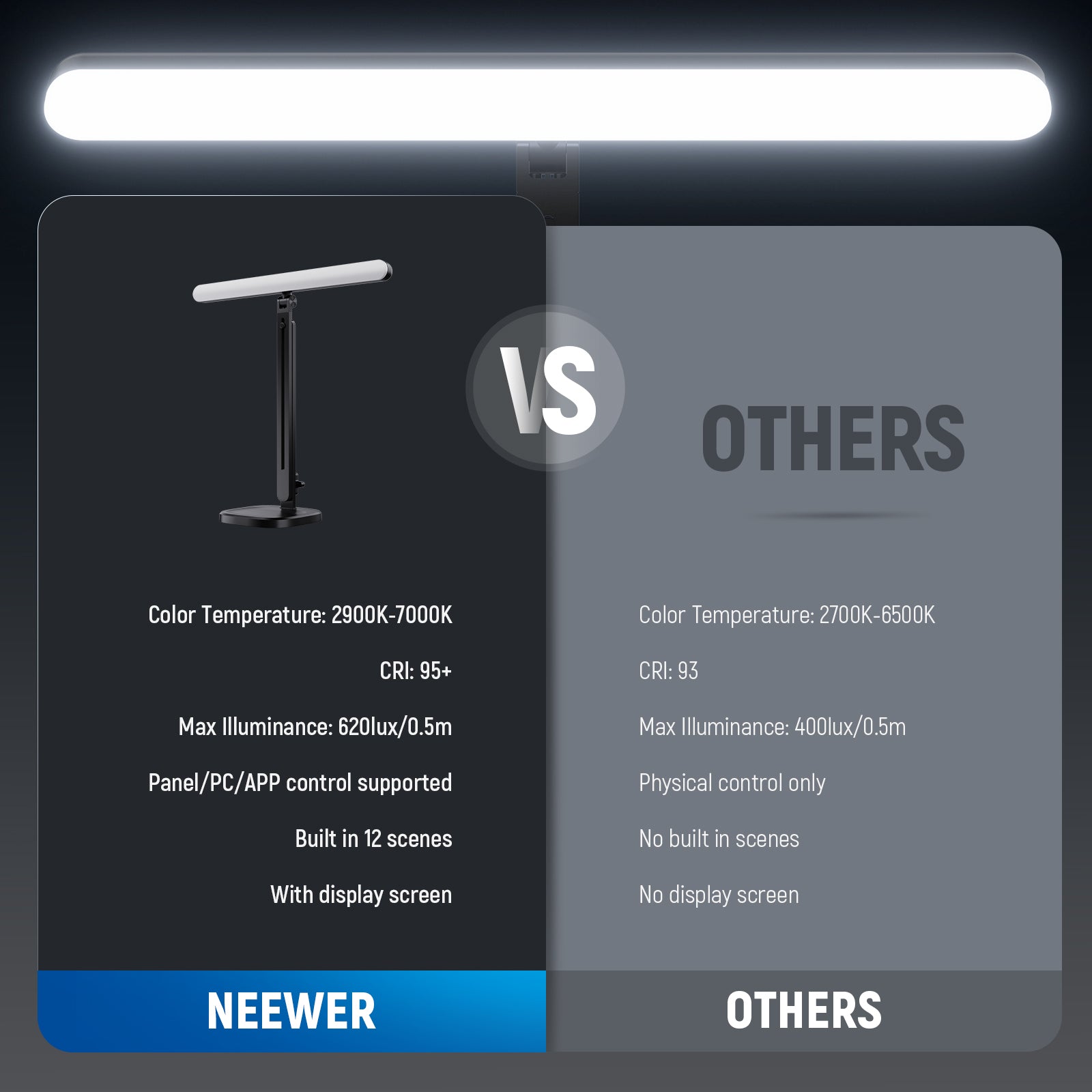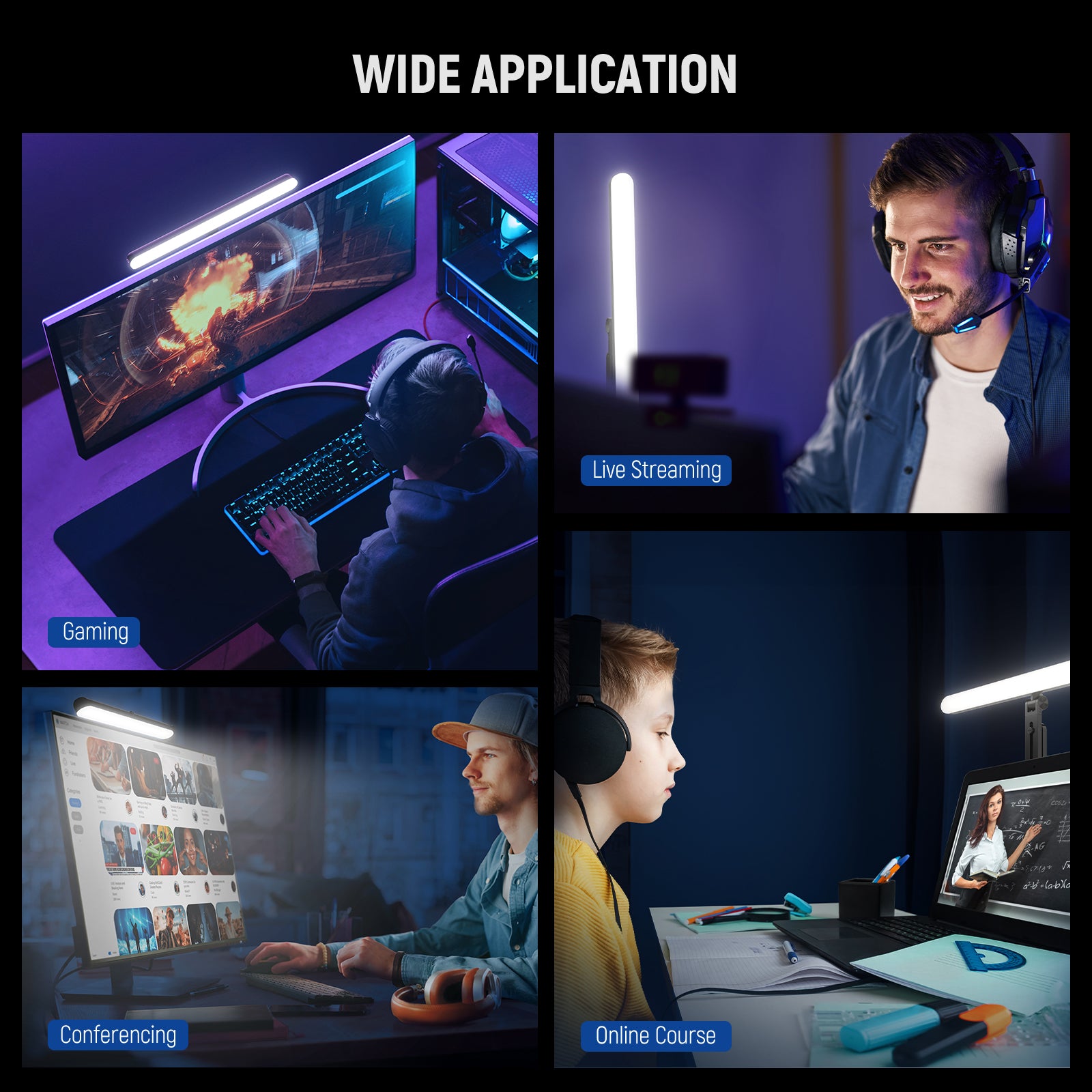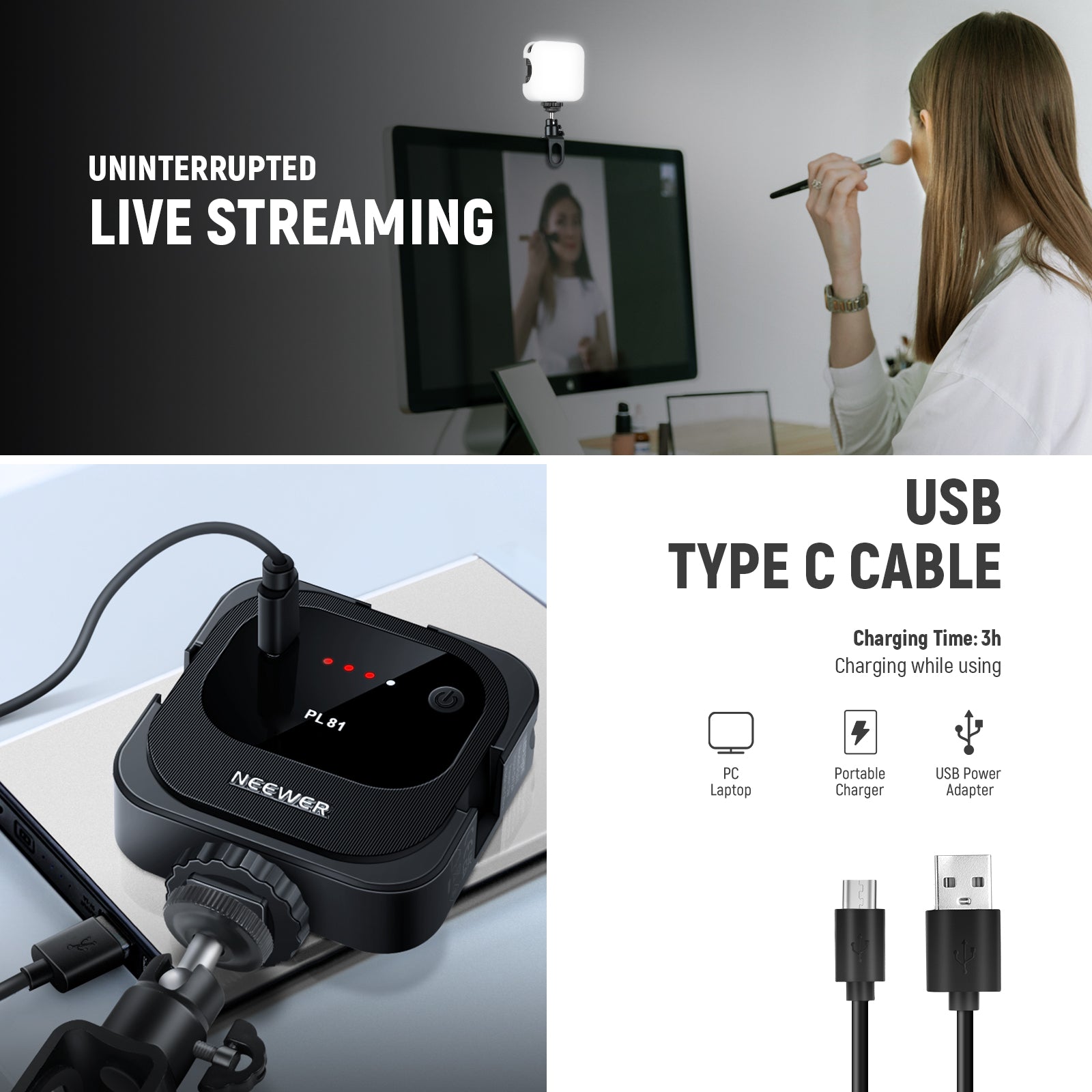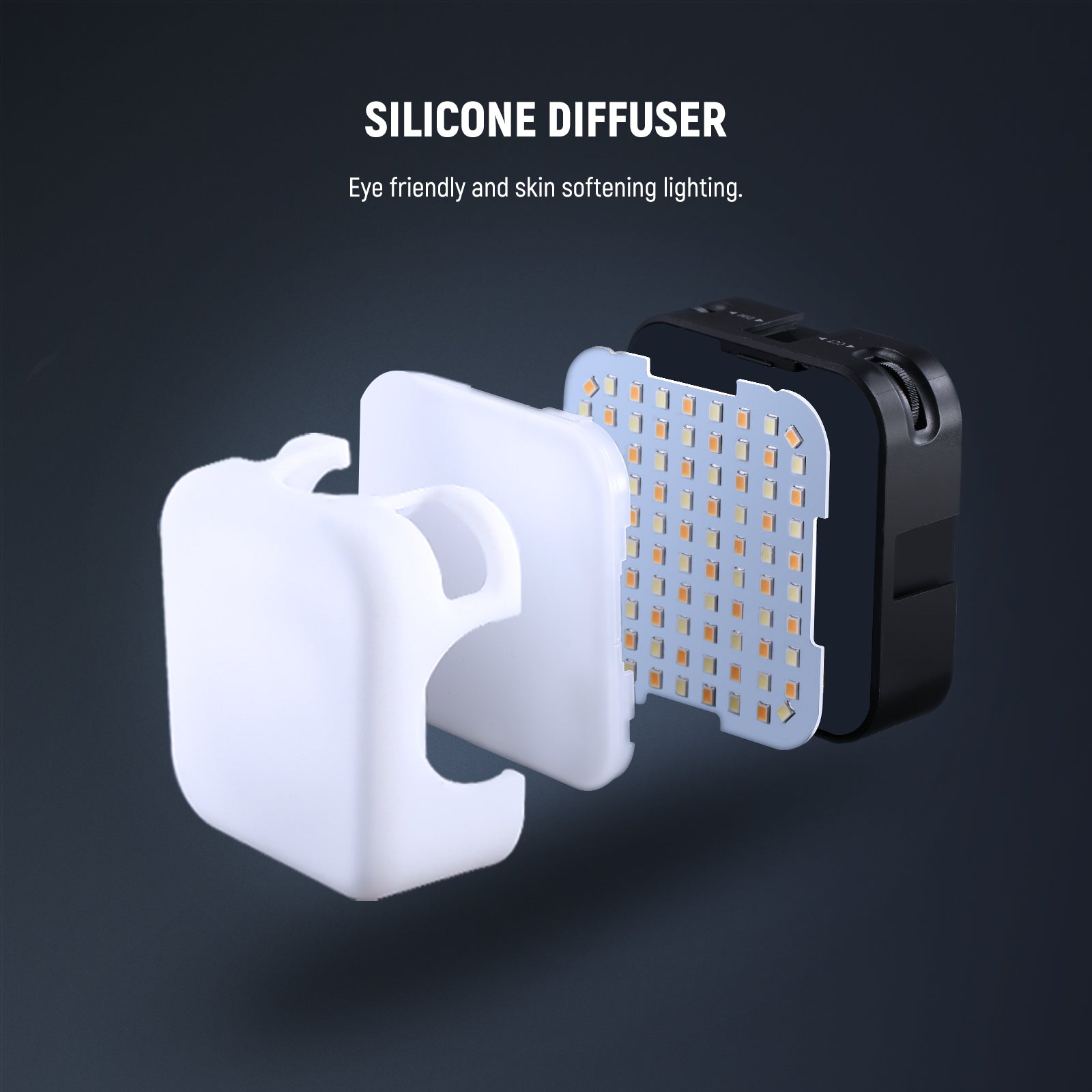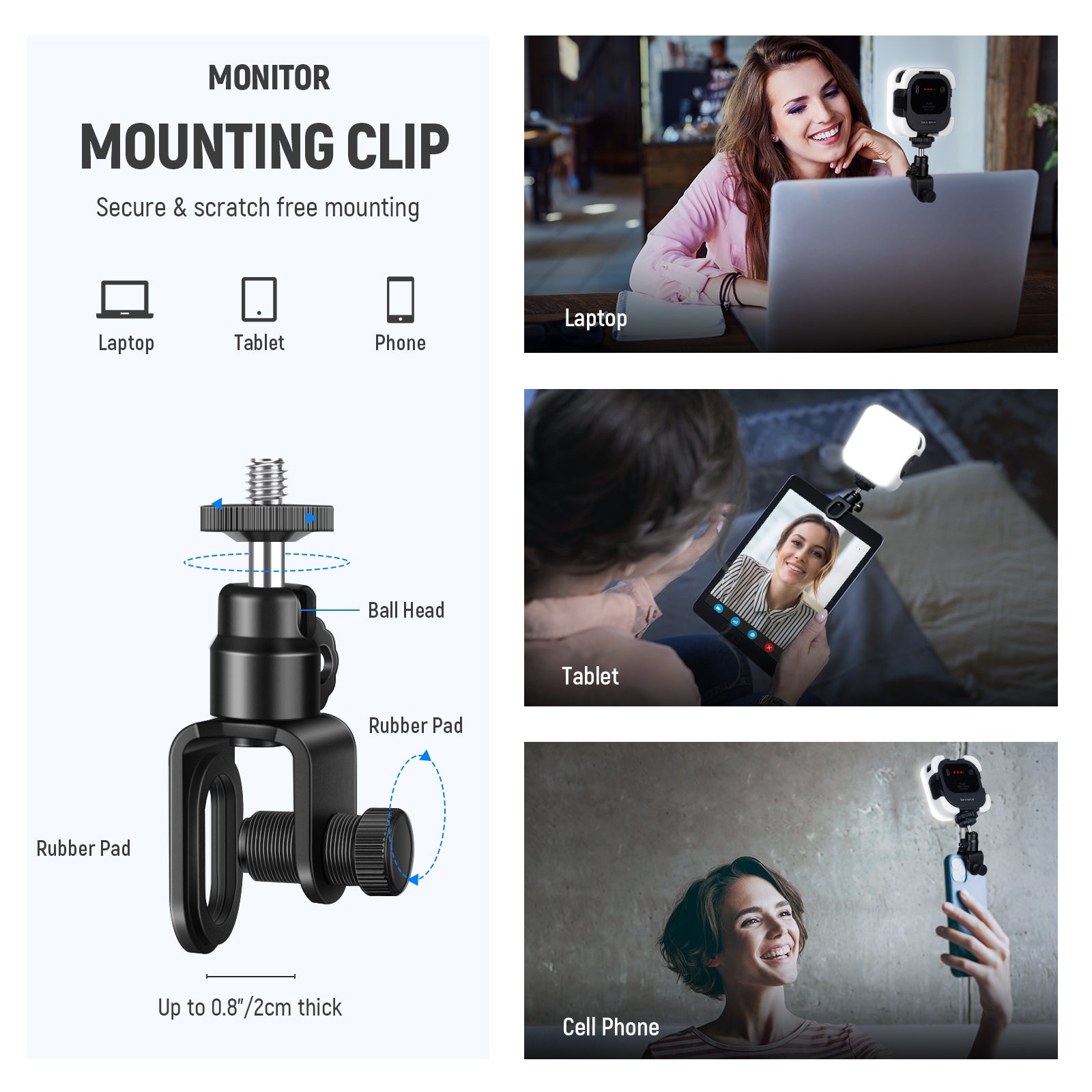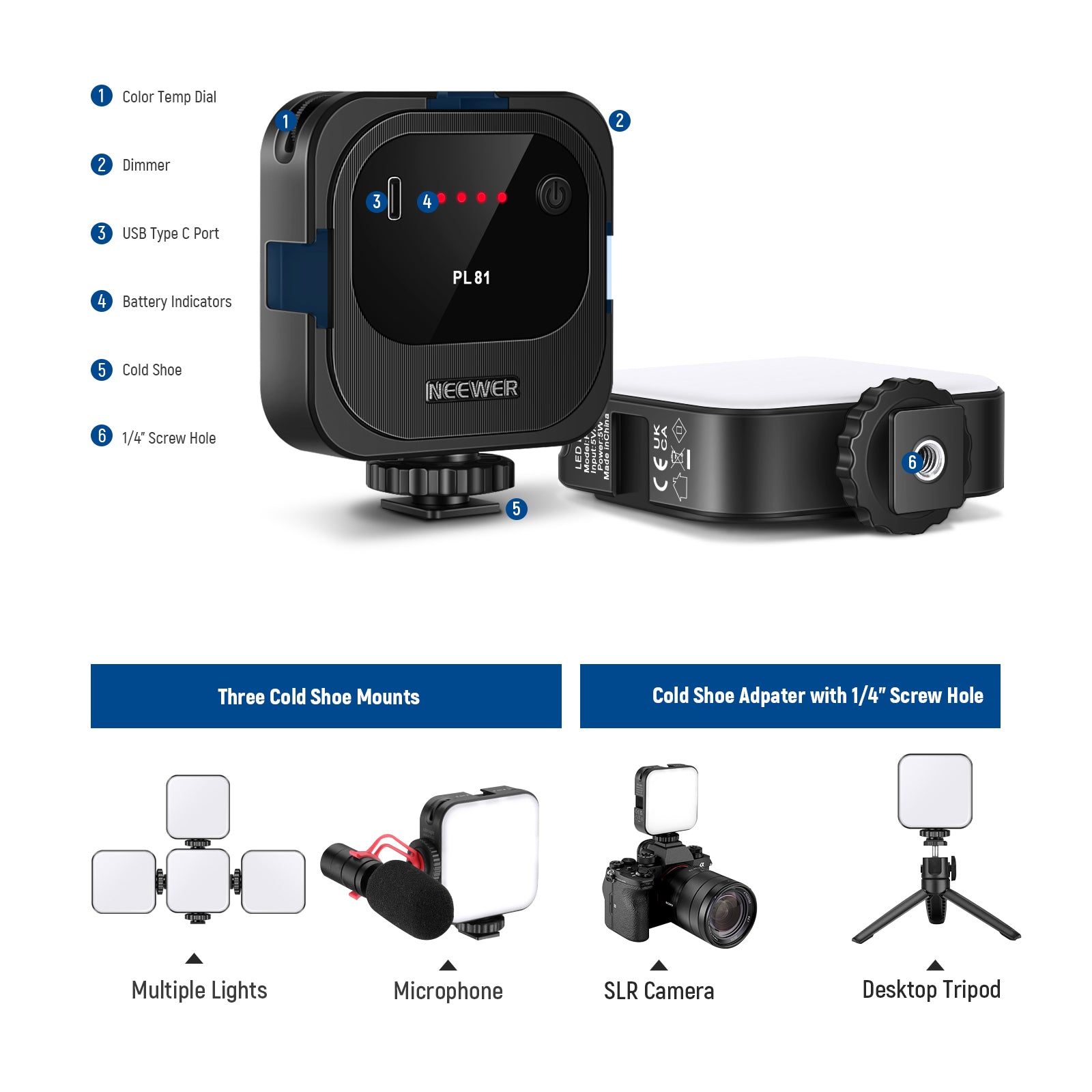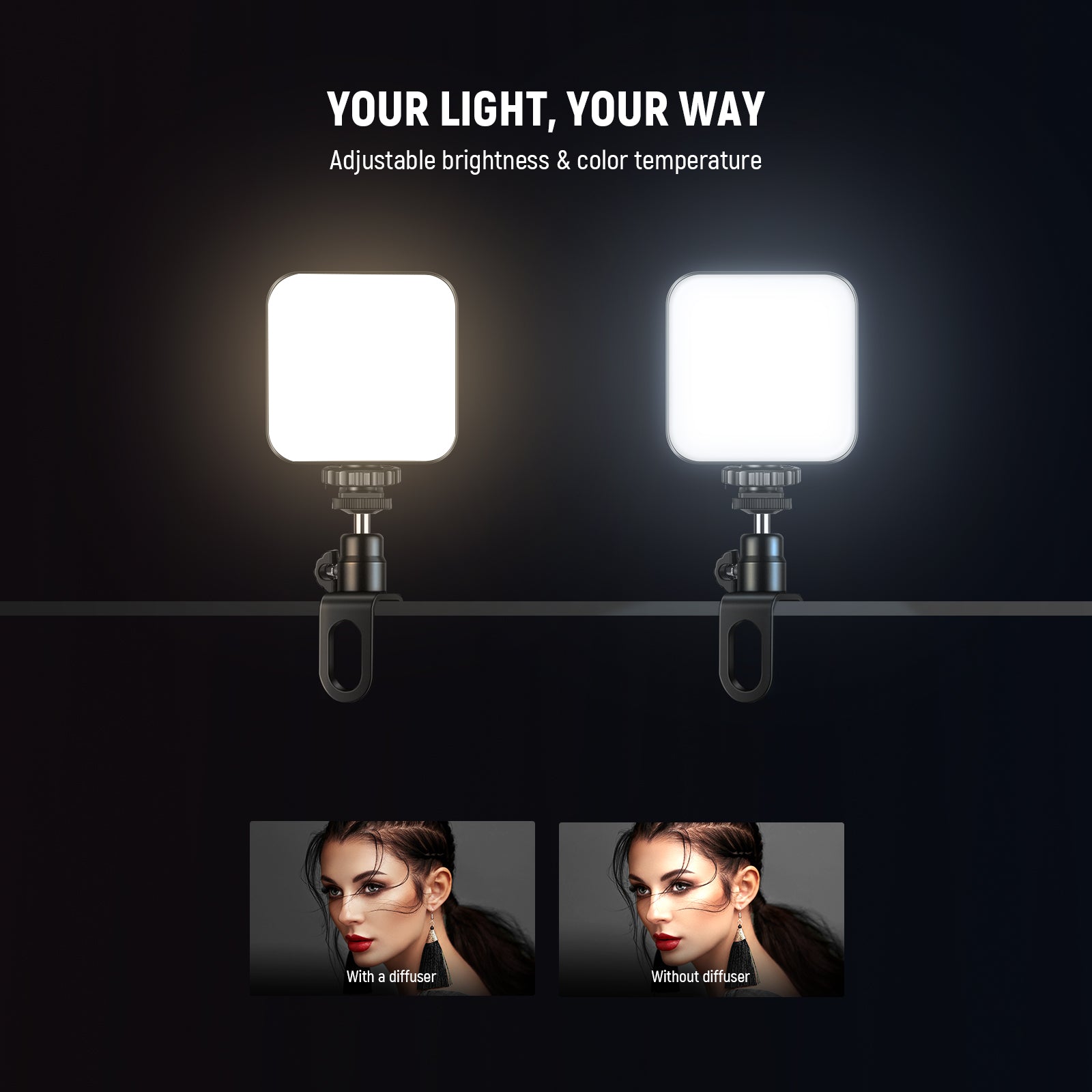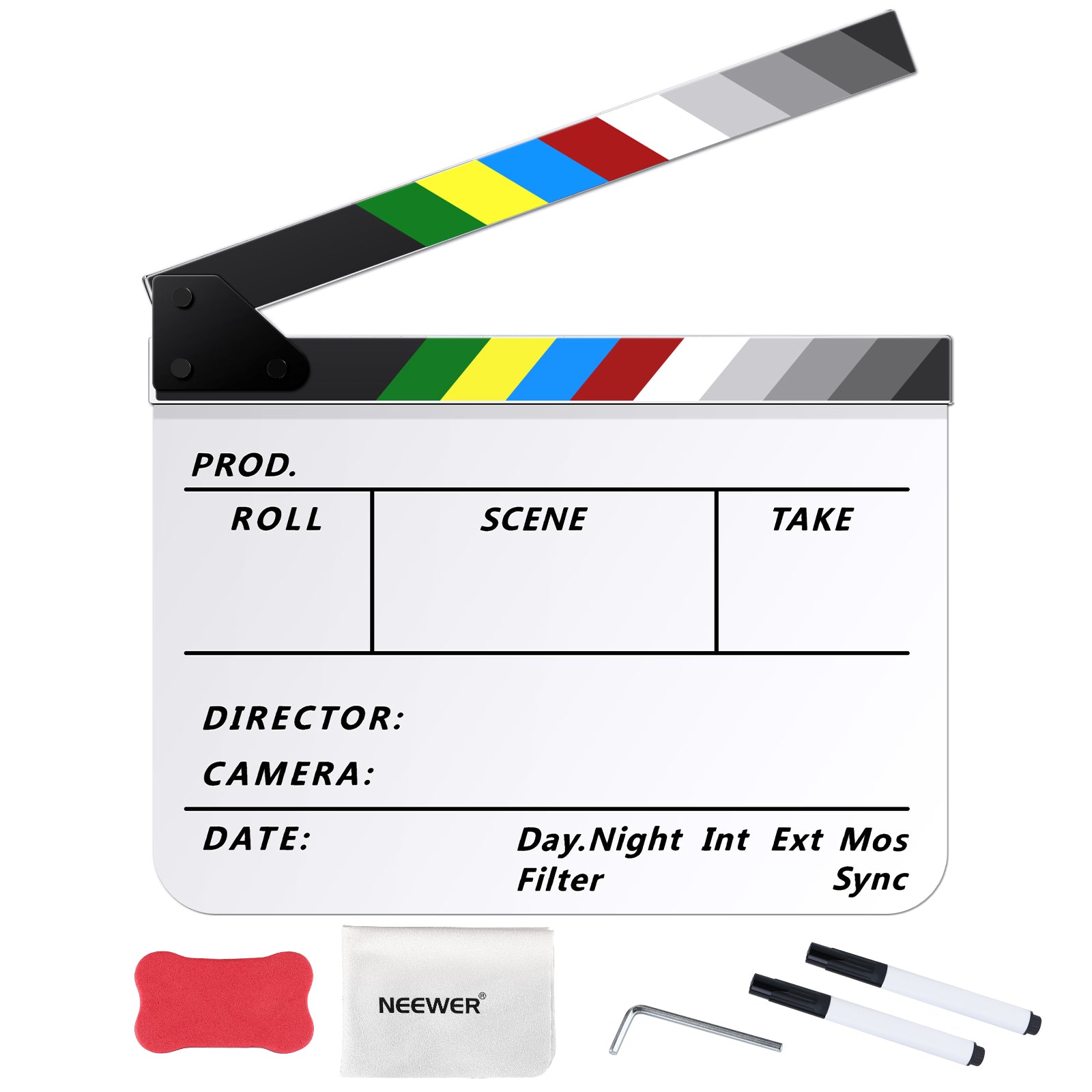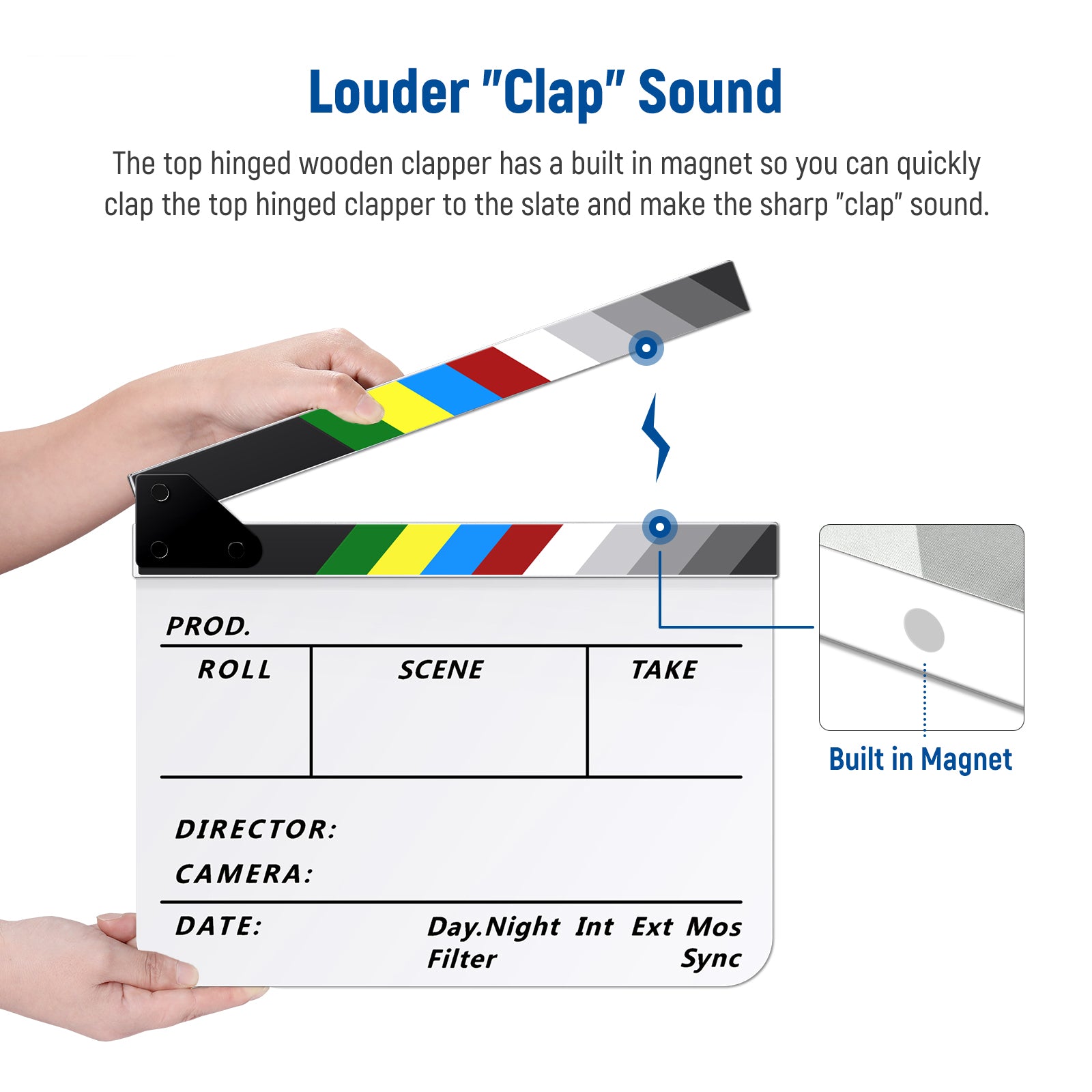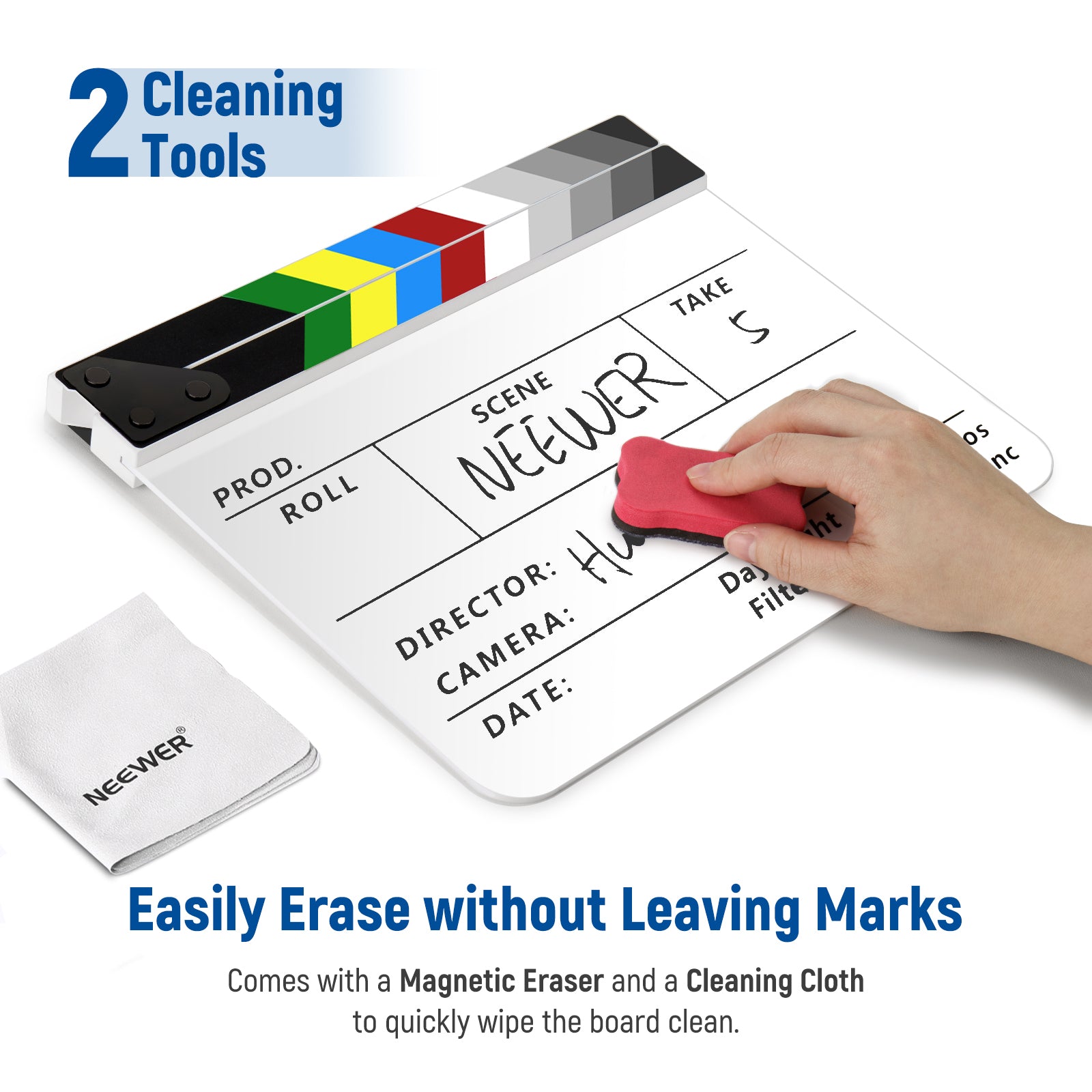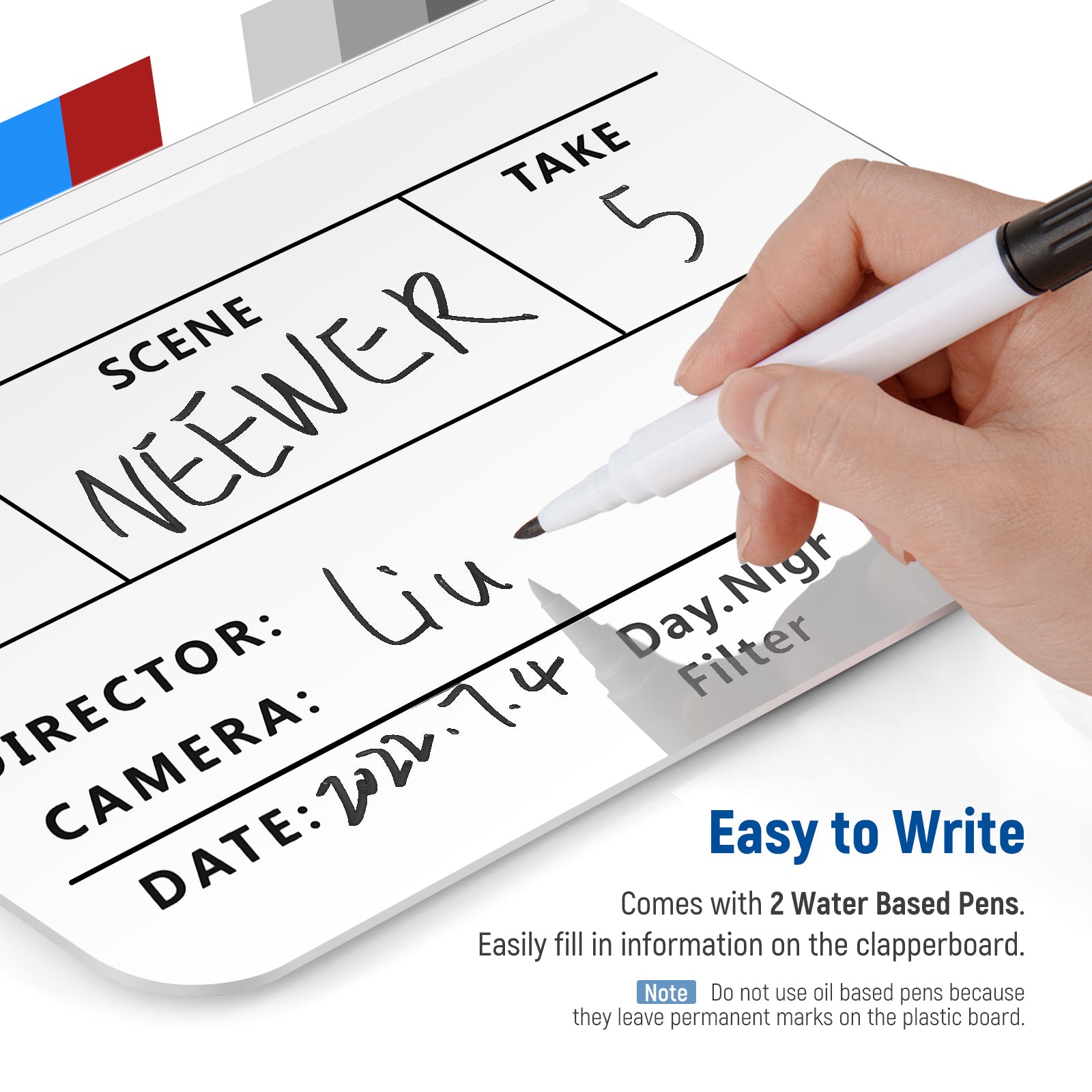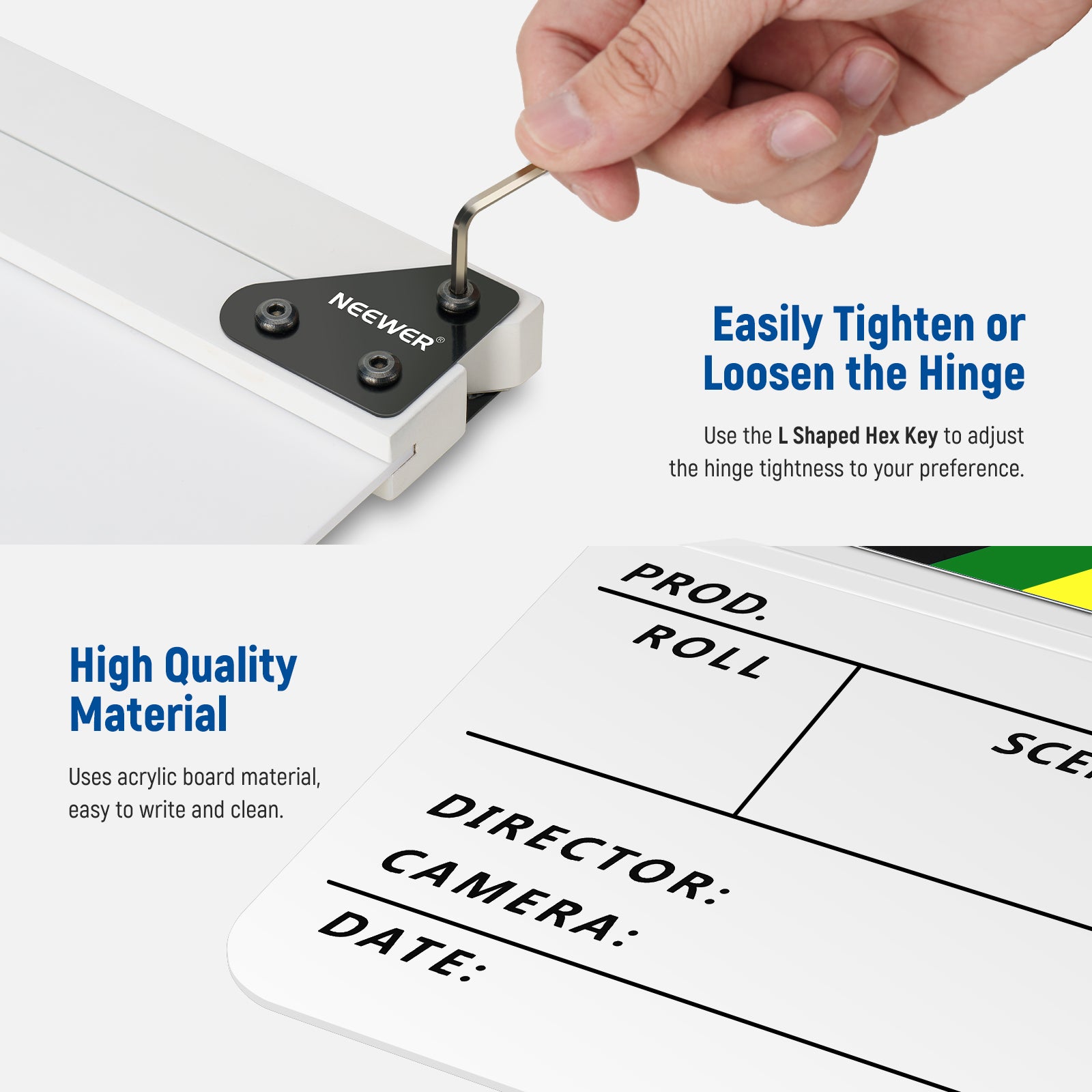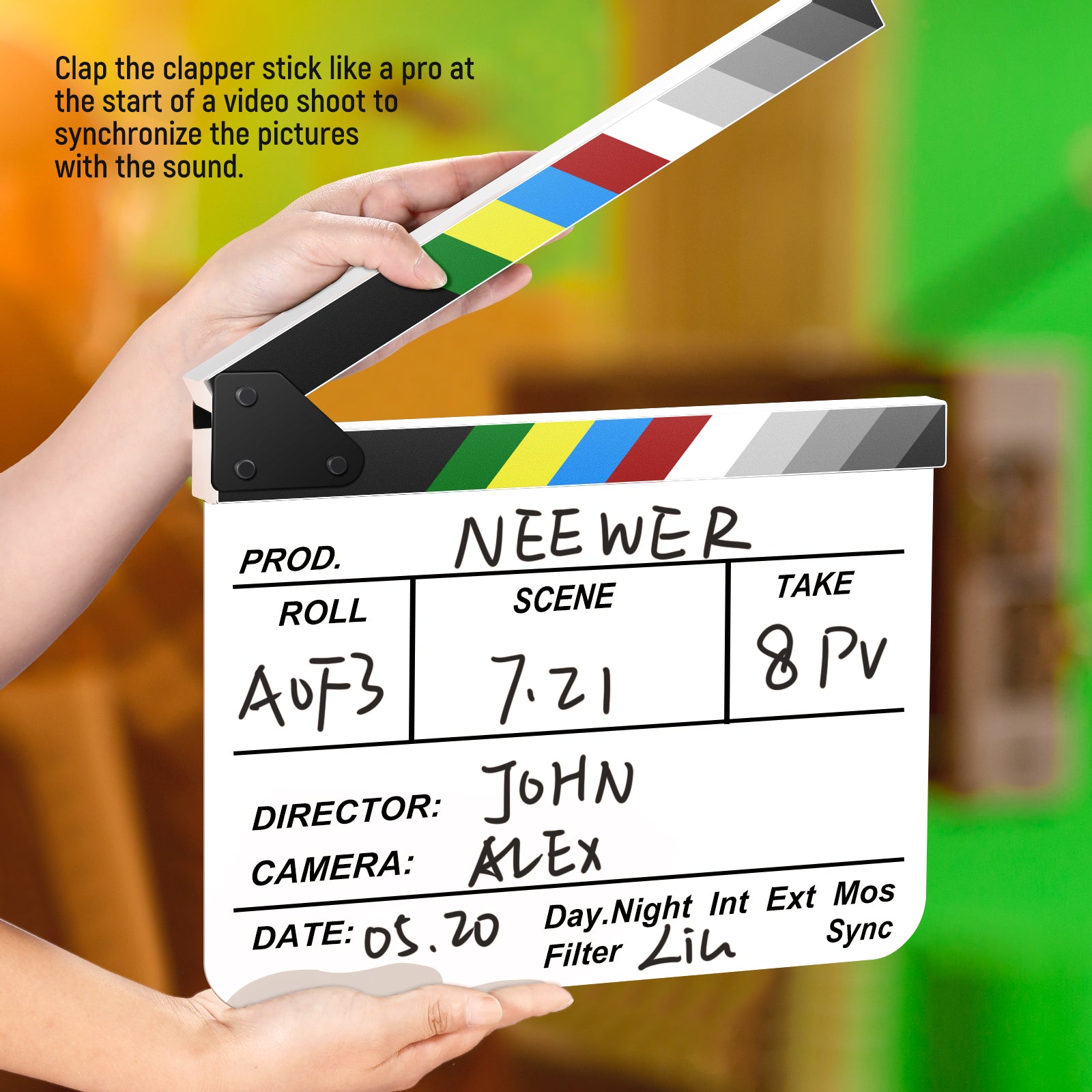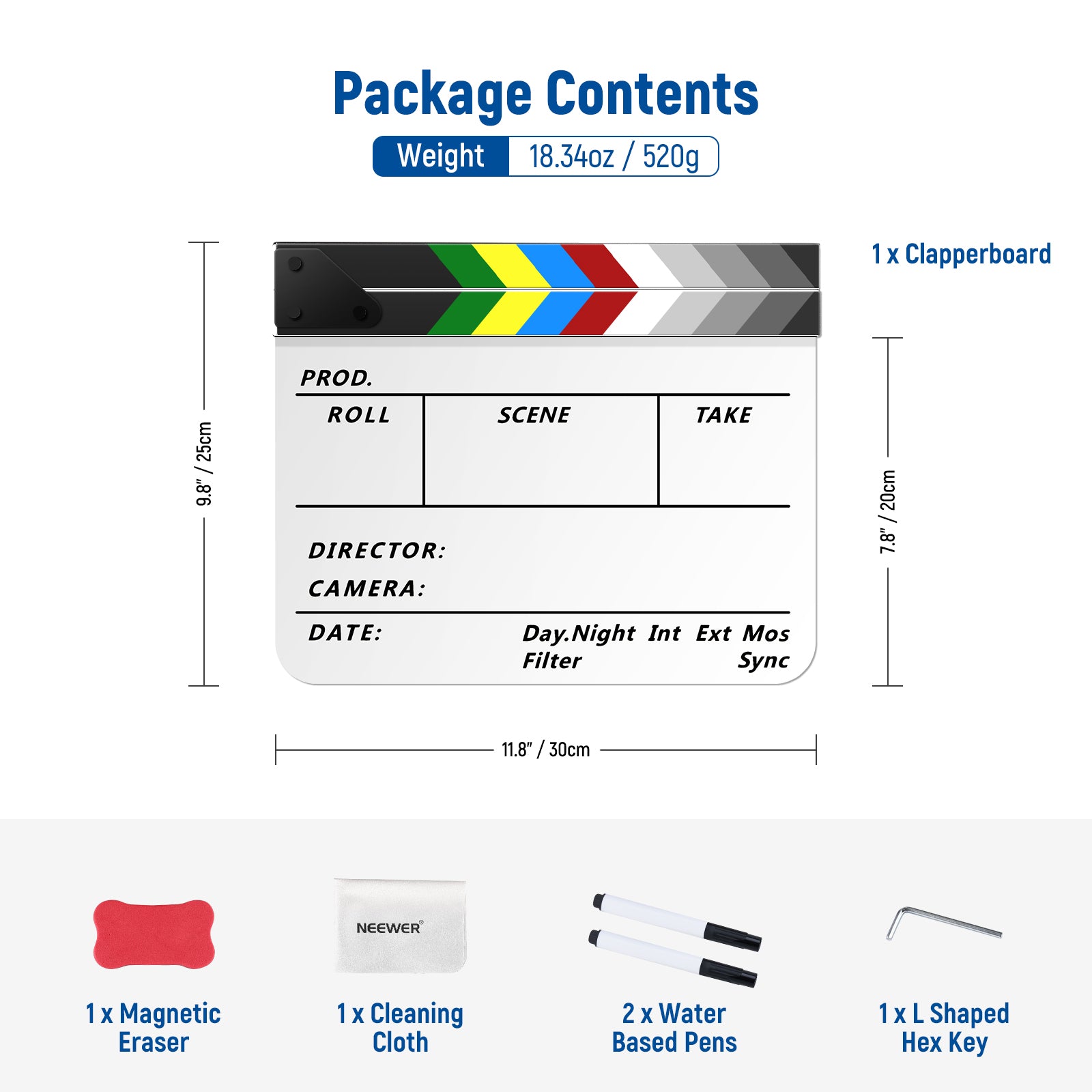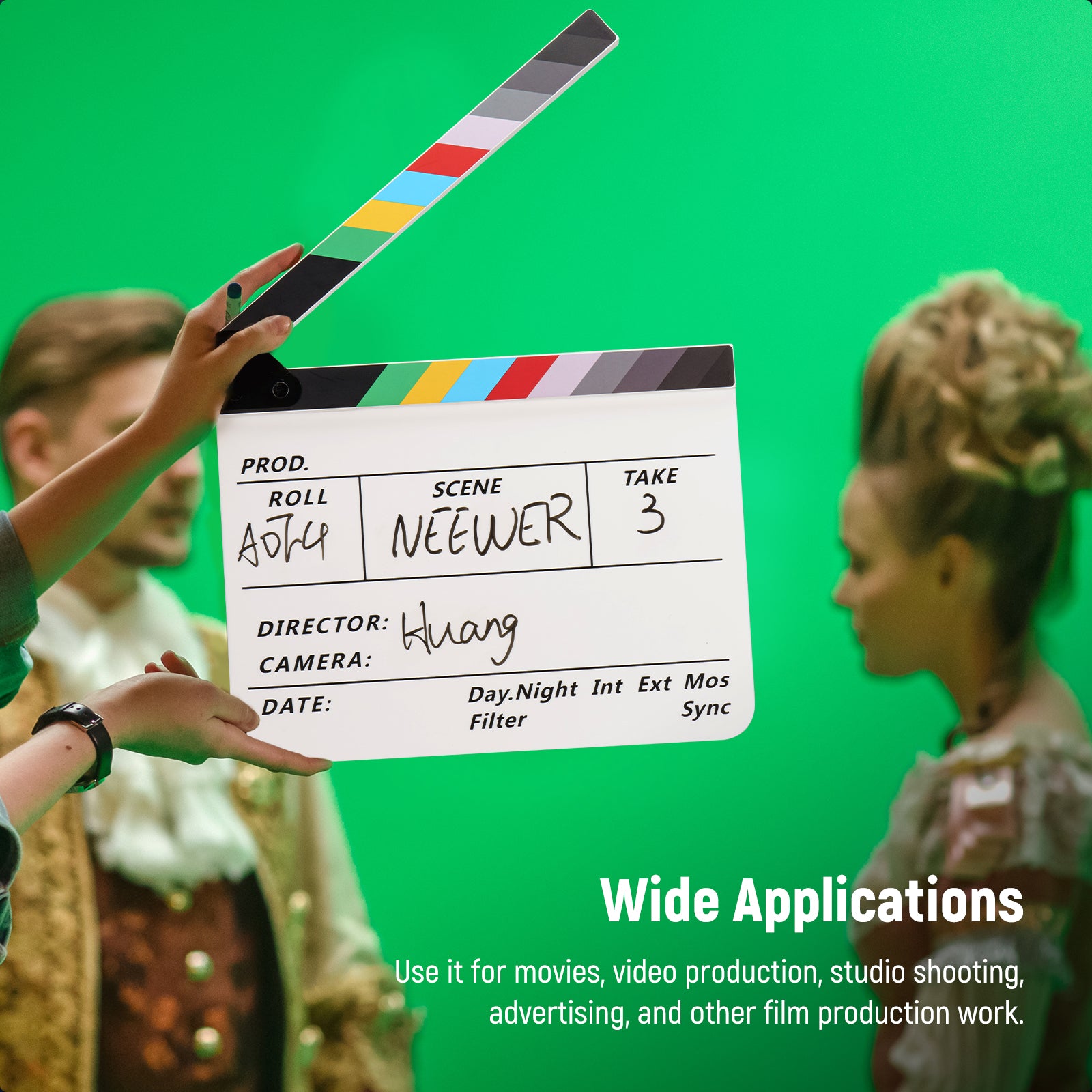Table of Contents
Tabletop tripods are generally more lightweight and portable than larger tripods, and will be easier and faster to extend and fold. Moreover, it doesn't need to take up much space to provide enough stability for your equipment. If you want to learn more about the tools you can use to shoot video or live streaming, you can learn more about tabletop tripods.
What Is a Tabletop Tripod Used For?

1. Content Creation from Your Desk
Tabletop tripods are ideal for filming videos or taking photographs on flat surfaces like desks and tables, making it the ideal tool for YouTubers, streamers and online teachers who require steady shots without using larger tripods.
2. Product Photography and Close-Up Shots
A tabletop tripod's compact yet stable design makes it the ideal tool for taking detailed shots of jewelry, gadgets and food items for online stores or social media posts. Many creators rely on tabletop tripods as part of their arsenal in creating stunning close-up photos which they share via online stores or social media.
3. Portability for Travel and Outdoor Use
A tabletop tripod's compact size makes it the ideal travel companion, perfect for cafes, parks and hikes alike. Simply set up your camera or phone on flat surfaces quickly for hands-free shooting!
4. Perfect for Smartphones & Lightweight Gear
Tabletop tripods are typically constructed to securely support smartphones, compact cameras and small accessories like LED lights and microphones. Many also include mounting options or ball heads to provide precise angles.
5. Livestreaming and Video Calls
Want to look professional during a Zoom call or livestream? A tabletop tripod helps ensure that your phone or camera remains at an appropriate angle and height during these meetings.
When Should You Use a Tabletop Tripod?

- If You Are Filming from a Desk or Table: When creating YouTube videos, tutorials, unboxings or livestreams at your desk using a fixed position a tabletop tripod is perfect to keep your camera or phone steady without cluttering your workspace with full-sized tripods.
- When You Need Stability in Small Spaces: Working in a tight environment like a kitchen counter or small home studio? A tabletop tripod provides stable support without taking up valuable room, making it the ideal tool for making cooking videos, product demos or craft tutorials.
- Perfect for Travel or On-the-Go Shooting: These portable tabletop tripods are lightweight yet compact, making them the ideal companions when shooting in different locations. From hotels, cafes, to nature walks - you can set one up quickly on any flat surface!
- When You Take Close-Up or Macro Shots: If you're photographing small objects like jewelry, food, or tech gadgets that need close-up shots to avoid blurriness, a tabletop tripod allows for close shots that remain steady so you get sharp professional-looking results.
- When Conducting Video Calls or Online Meetings: Do you want to look your best when taking Zoom or Teams calls or online meetings? A tabletop tripod will help position your camera at eye level for a more flattering angle and free up both hands during a call.
- When You Need Low-Angle or Ground-Level Shots: Full-size tripods may not allow for low angles when photographing creative compositions or floor-level images, so tabletop tripods provide the solution.
How Do You Use a Tabletop Tripod?

1. Set It On a Stable Surface
To set up your tabletop tripod on a secure surface such as a table, desk, shelf or countertop that doesn't wobble or tilt, make sure that it is leveled and secure - the more stable its foundation, the steadier your shots will be.
2. Attach Your Device
Most tabletop tripods include either a universal screw mount (1/4-20 inch), or phone holder. When attaching cameras directly onto the tripod head, use the universal mount. For phones: Use the phone clamp and ensure it's centered and secure before use. Moreover, some tripods also support GoPro mounts, LED lights or microphones!
3. Adjust Your Angle
Many tabletop tripods feature an adjustable ball head or neck. Simply loosen its knob, tilt or rotate your device until it reaches your desired angle, tighten up its knob again to secure it, then tighten to secure your position. Tip: When filming or calling with someone at eye-level or doing product shots tilt down slightly for optimal results.
4. Use Legs for Positioning
Some tabletop tripods feature flexible legs you can bend or wrap around objects for optimal positioning; other tripods offer fixed legs which can be extended or angled slightly for improved balance. Make sure your tripod doesn't tip over-heaviness if using phones or lights!
5. Check Your Framing
Before recording or taking photos, double-check that everything fits in the frame - both physically and virtually. Good lighting and alignment can make a dramatic, impactful statement about quality.
How Much Weight Can a Tabletop Tripod Hold?

A tabletop tripod typically can support between one and five pounds (0.5 to 2.2 kilograms), depending on its model and materials of construction. Most standard tabletop tripods are intended to support light gear such as smartphones, compact cameras, GoPros, small microphones, or LED lights without creating stability issues for them.
If you have a mirrorless camera with a small lens attached, most tabletop tripods should work just fine - provided the weight does not exceed what the manufacturer specifies. But when mounting heavier DSLRs or long lenses onto these tripods, extra caution must be taken; some heavy-duty metal tripods may support heavier loads but still must be balanced in order to prevent accidental tipping overs.
Before using any product, it's essential to review its specifications. Exceeding its weight limit could result in shaky footage or, worse, damage to the camera or tripod. When in doubt, look for one with higher load capacities if using professional gear.
How Can I Make My Tabletop Tripod More Stable?

1. Stick-on Rubber Pads or Anti-Slip Mats
Place a rubber mat or even mouse pad under the tabletop tripod. This helps grip smooth surfaces like glass, marble, or polished wood. Or you can attach small adhesive rubber pads to the tripod feet to prevent sliding.
2. Use Double-Sided Tape (Temporarily)
If you're shooting in a fixed spot (like a product shoot on a table), use removable double-sided tape to stick the tabletop tripod feet in place. It’s a simple way to eliminate micro-movements.
3. Clamp the Legs Down
Use binder clips or mini clamps to anchor the tabletop tripod legs to the edge of the table. This is especially useful if your tripod has skinny legs that shift easily.
4. Add Grip with Hair Ties or Rubber Bands
Wrap rubber bands or hair ties around the tabletop tripod legs near the bottom. This adds extra grip on slick surfaces, and can also act as bumpers if the table gets nudged.
5. Stabilize with Books or Props
If one leg sits unevenly, slide a folded paper, coaster, or a small book under it. Sometimes it’s not the tabletop tripod — it’s the surface that’s slightly off.
6. Use a Weighted Phone Case
When using a phone, a heavier phone case (like a battery case) can help stabilize your setup by adding balanced weight — just make sure it doesn’t make your tabletop tripod top-heavy.
7. Shoot Against a Wall for Back Support
If possible, place the back leg of the tabletop tripod against a wall or solid object. This reduces the chance of tipping backward if you're shooting at an angle.

